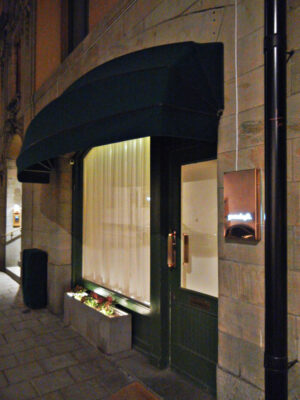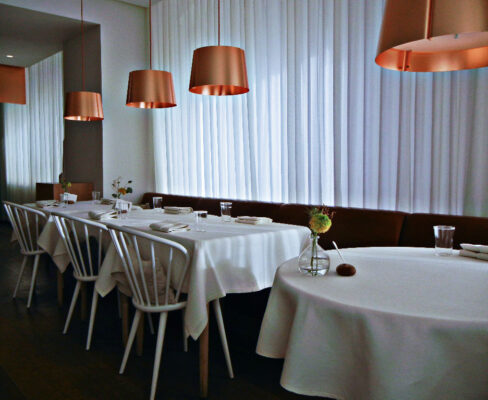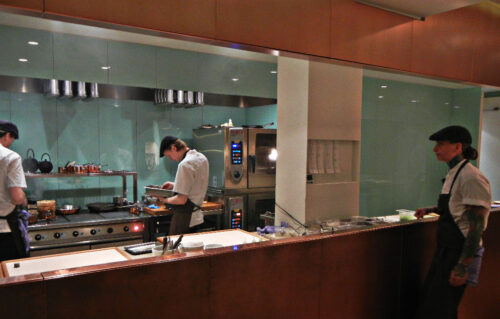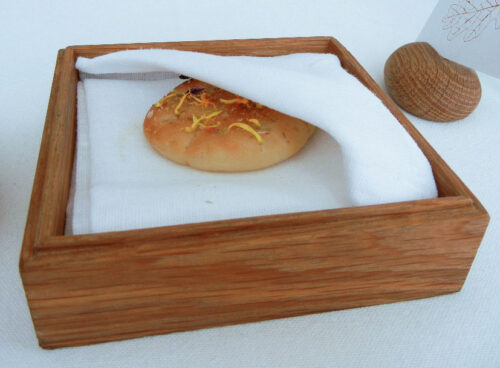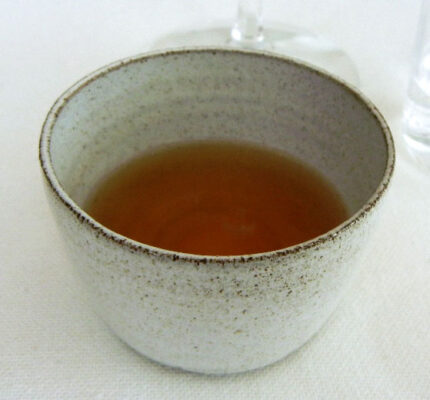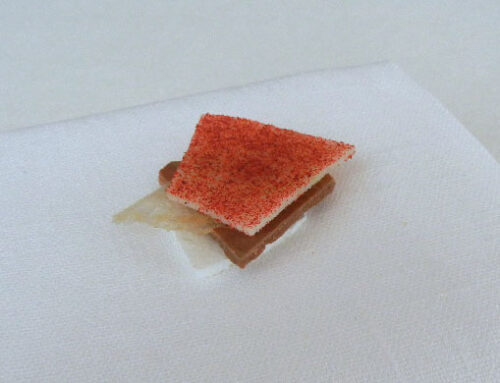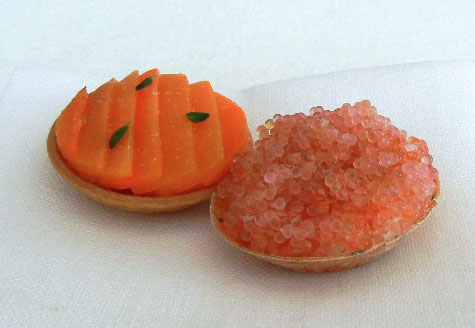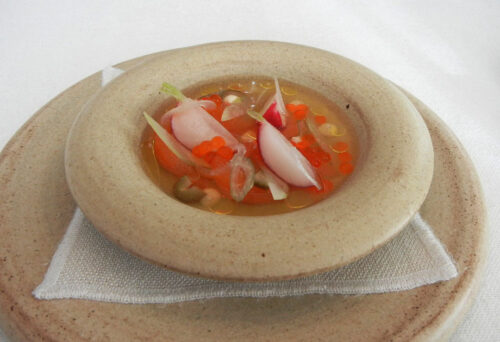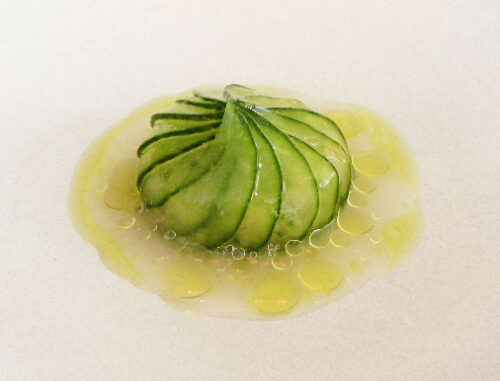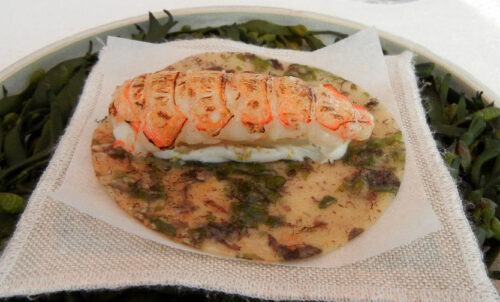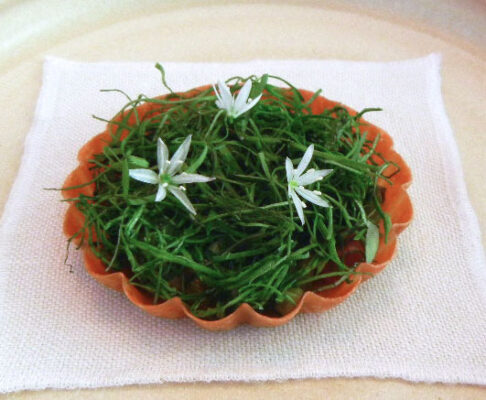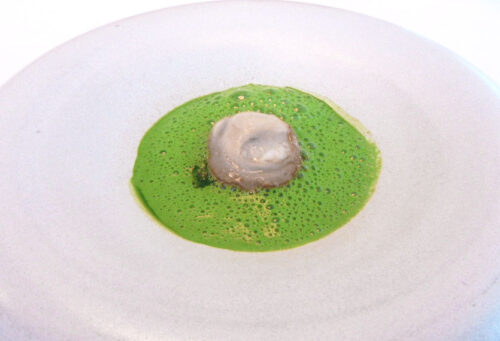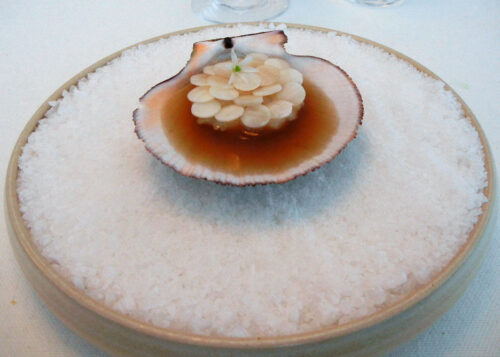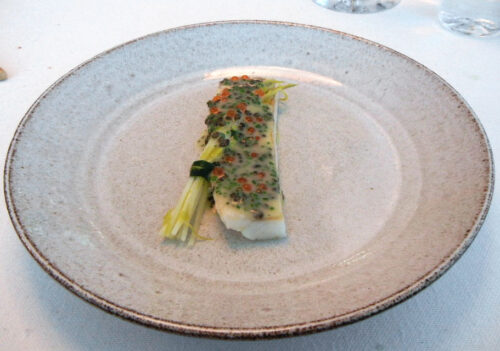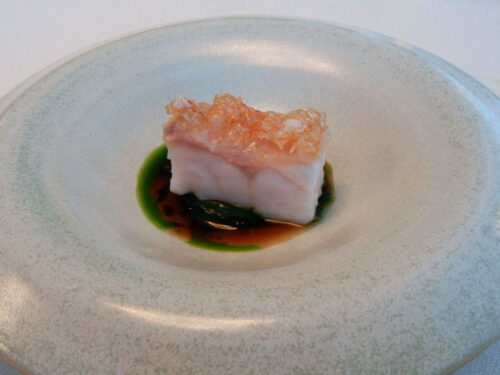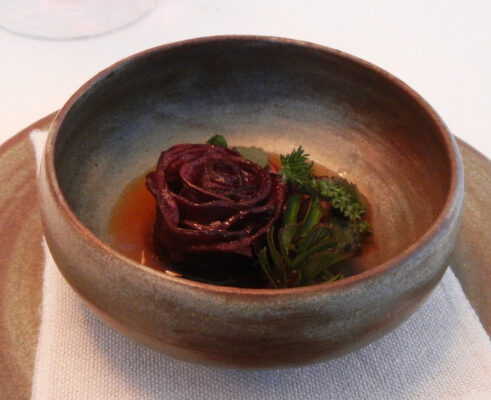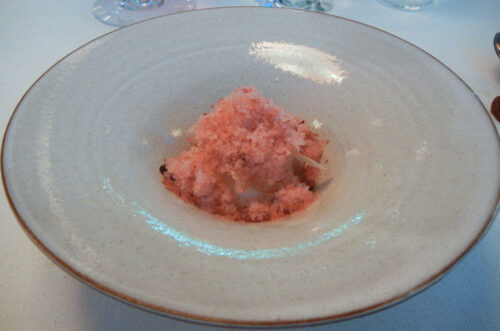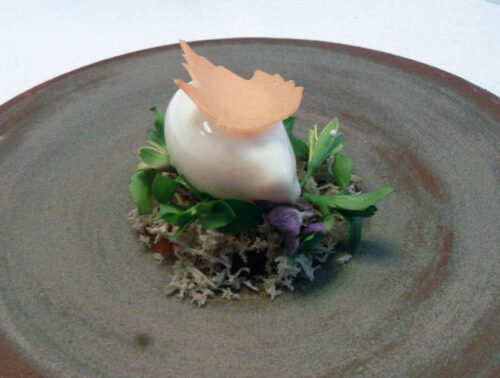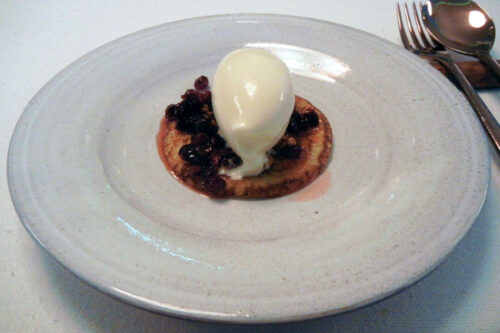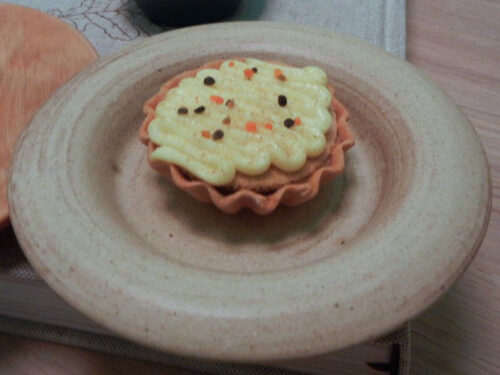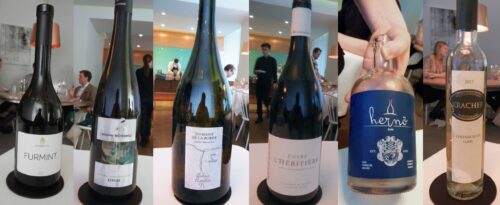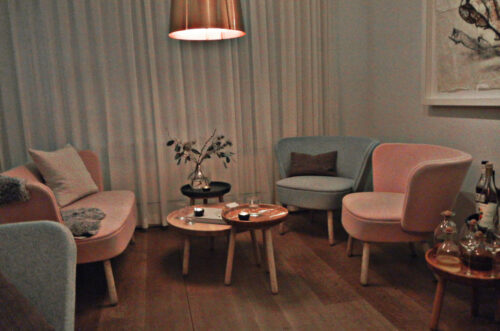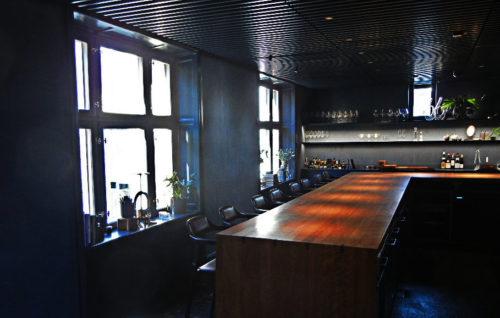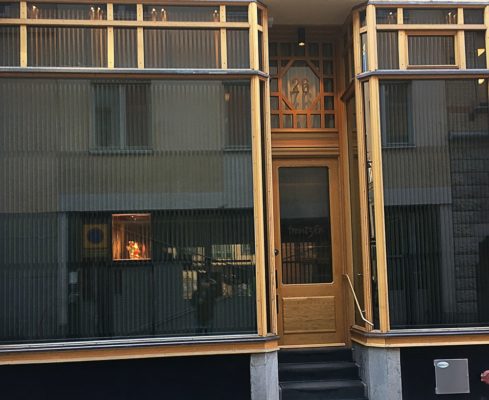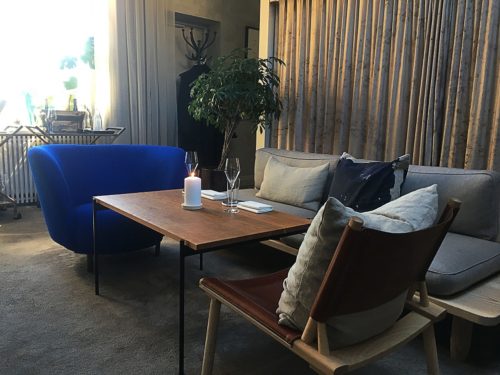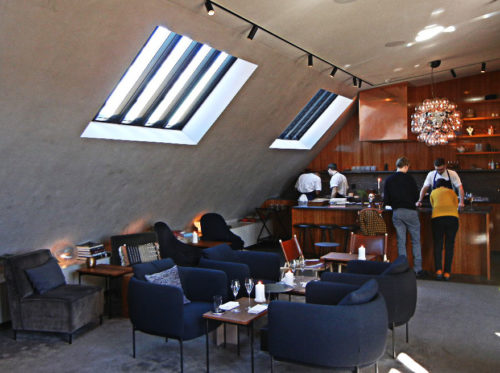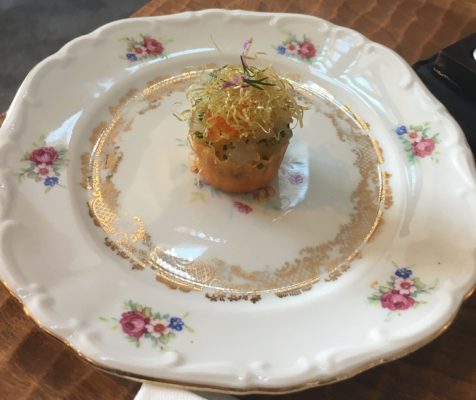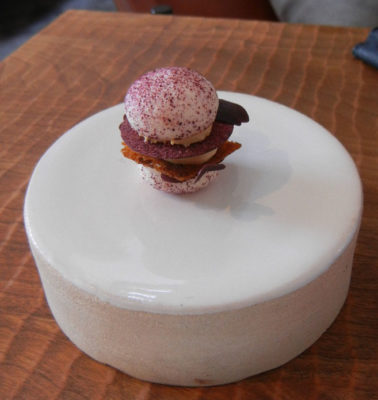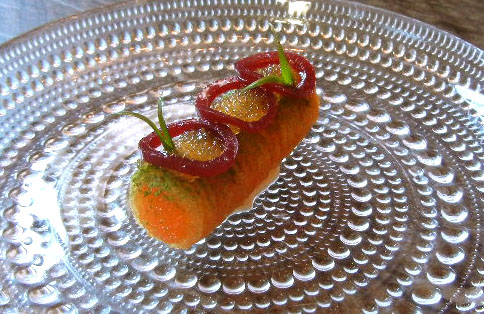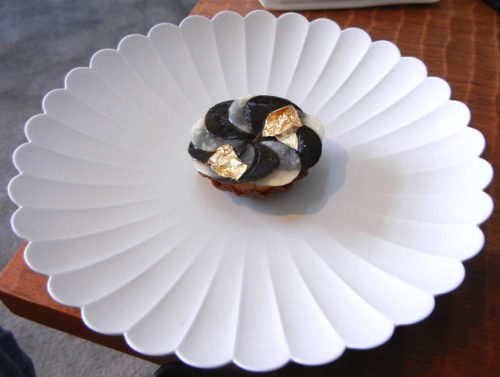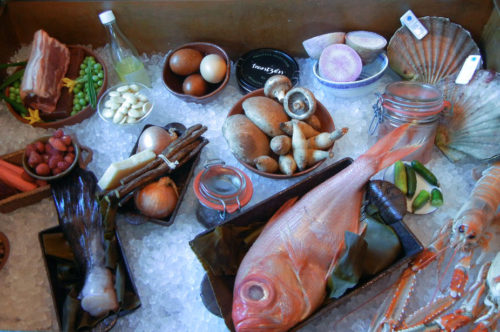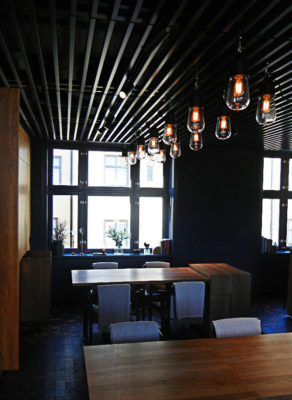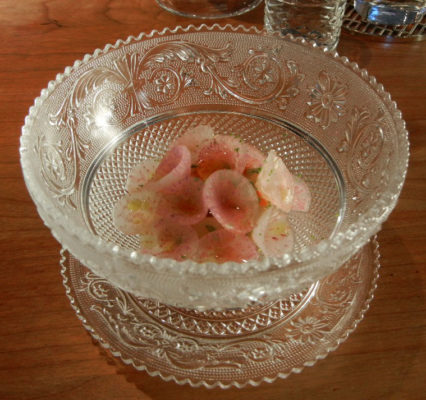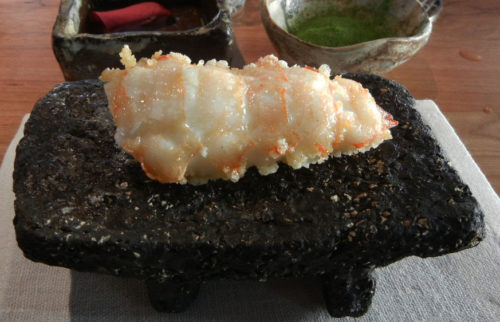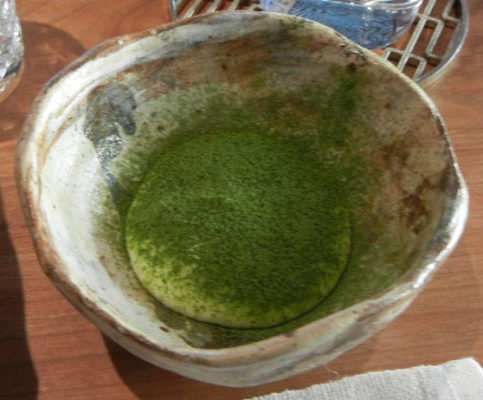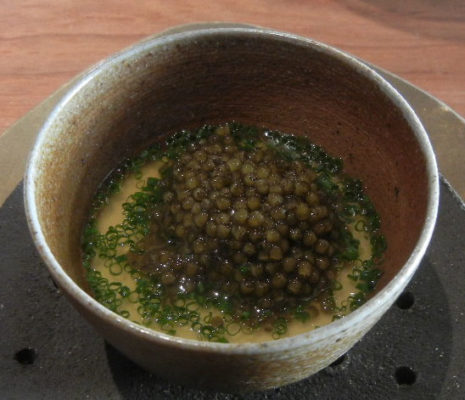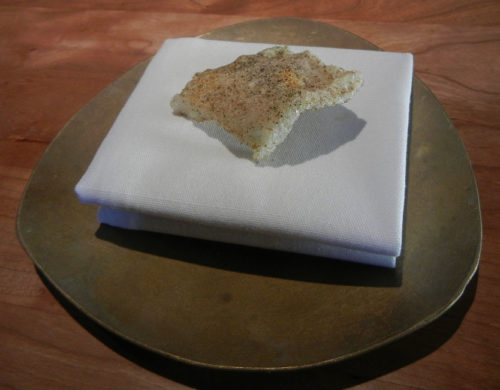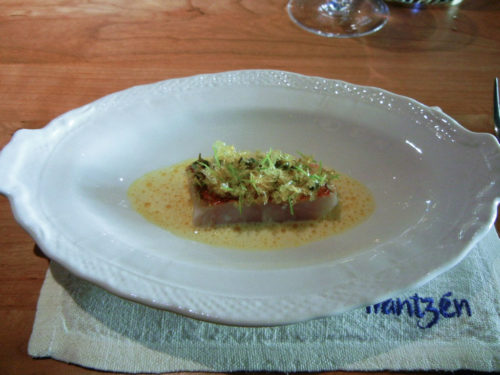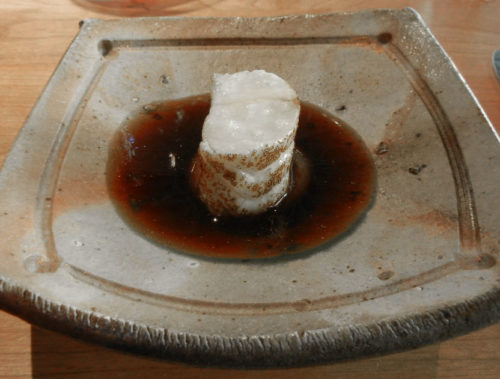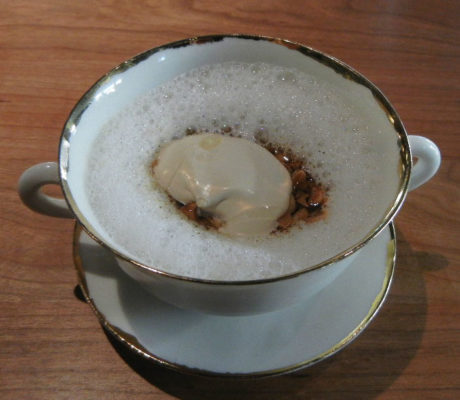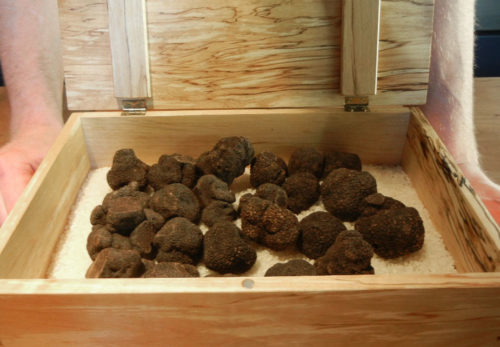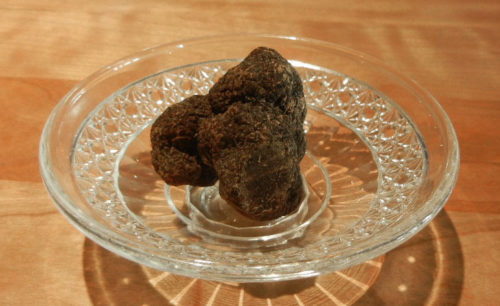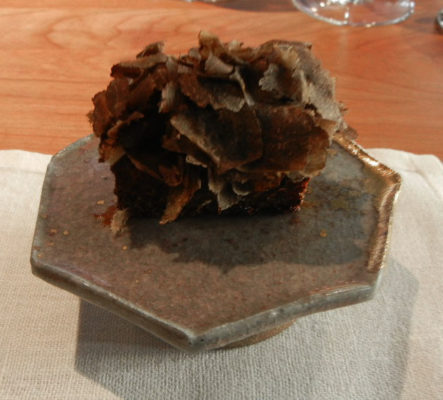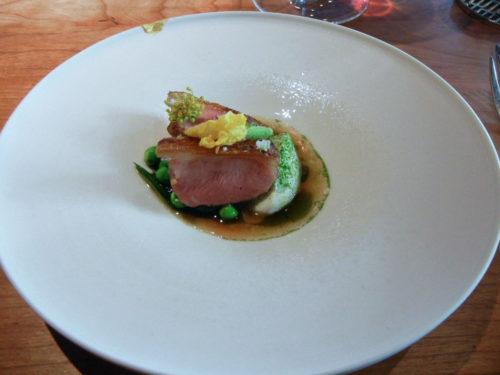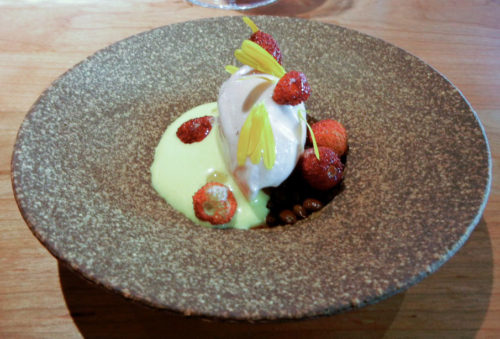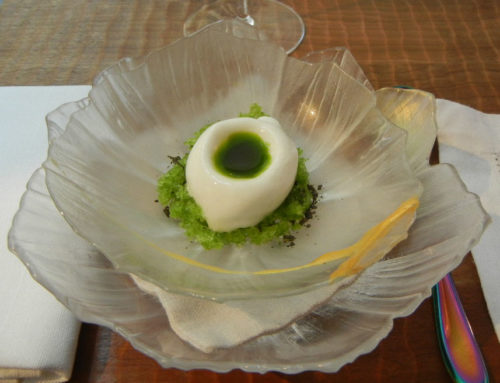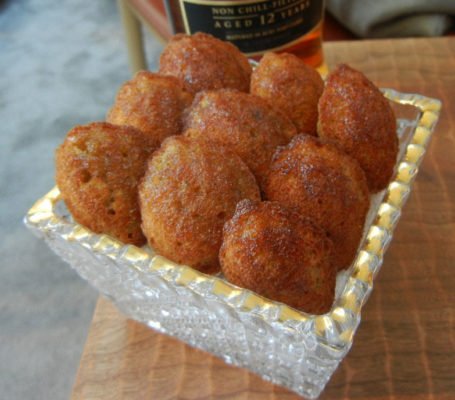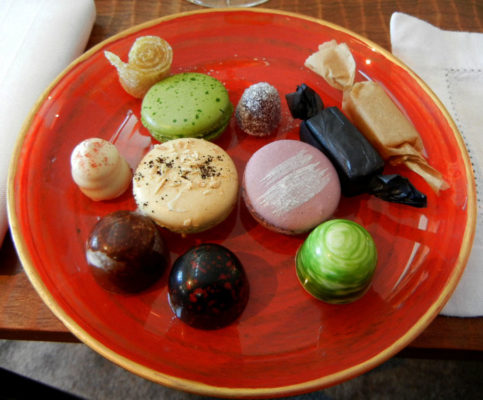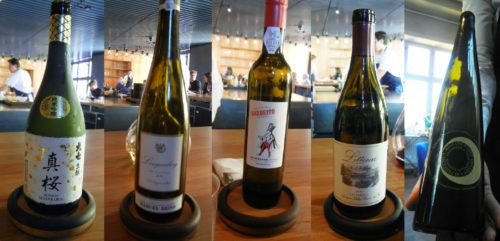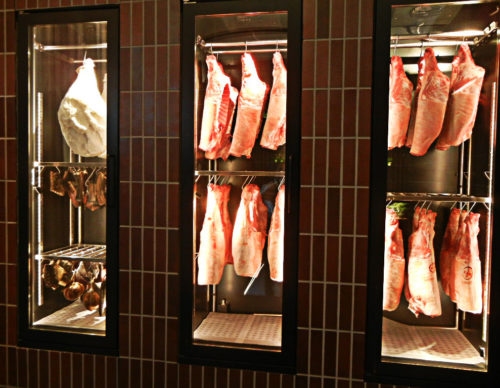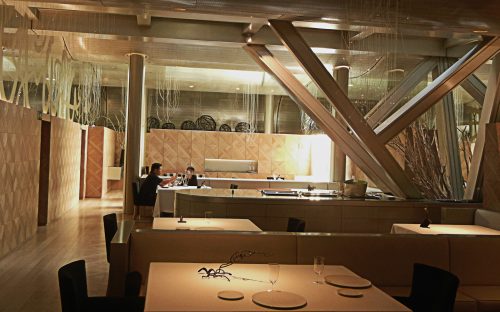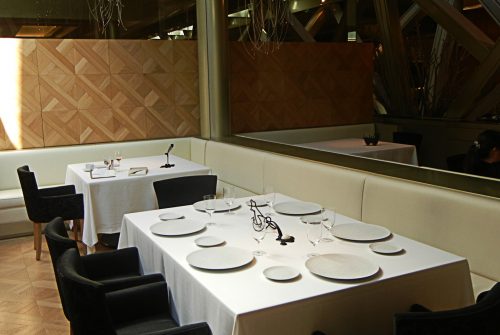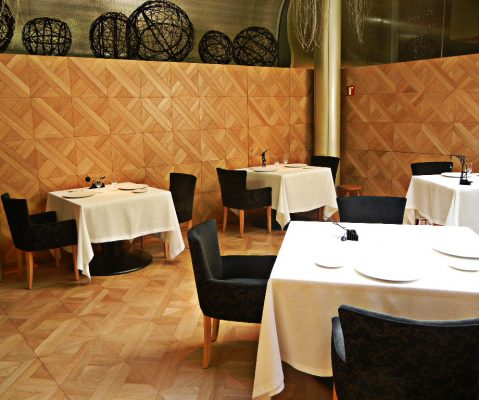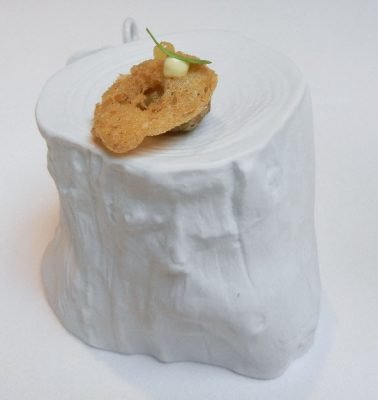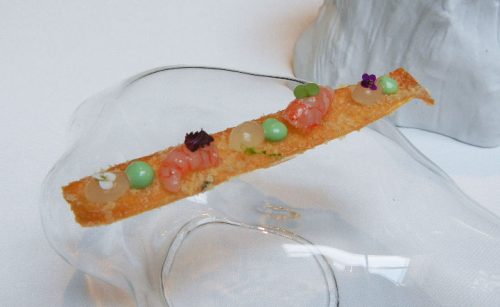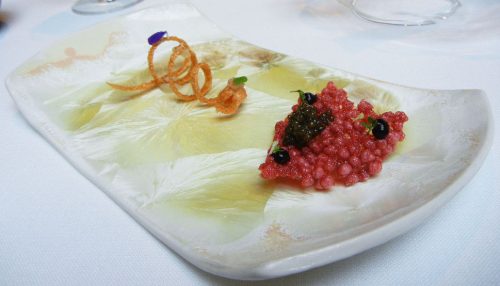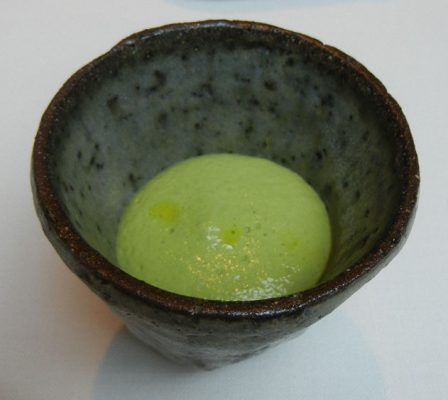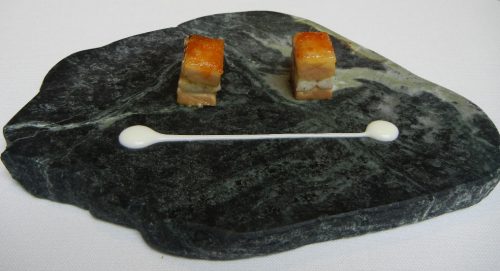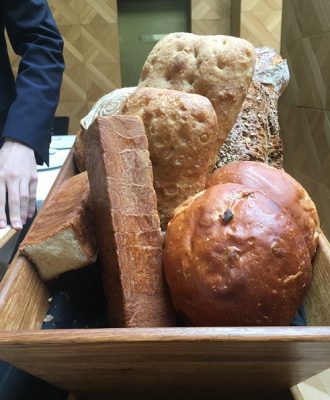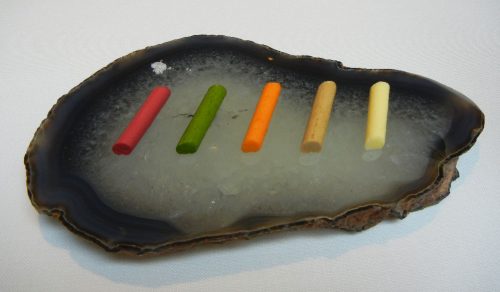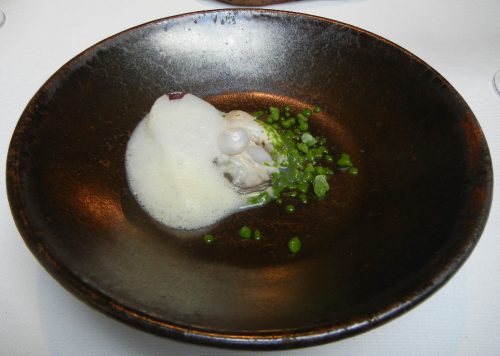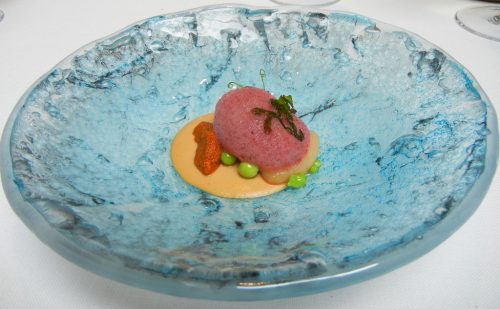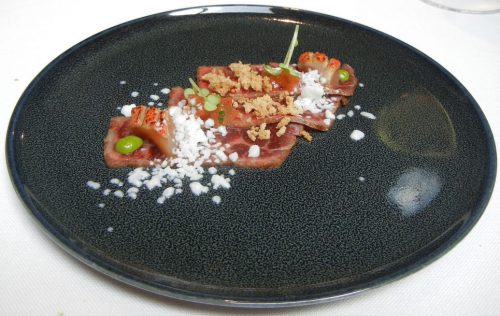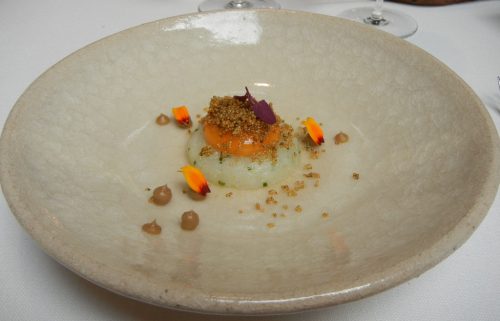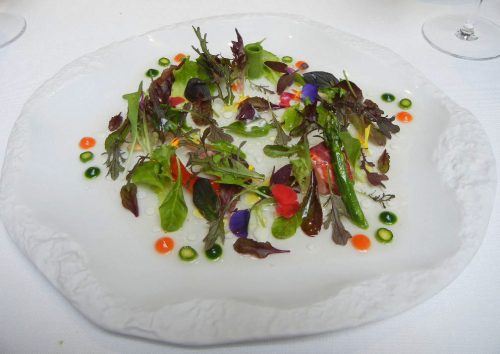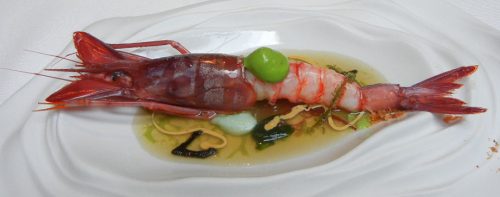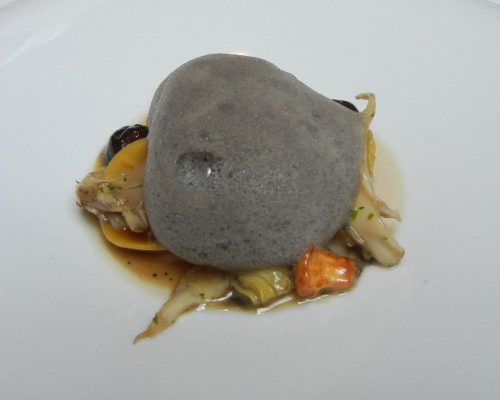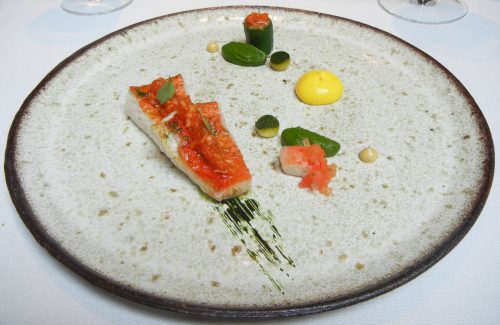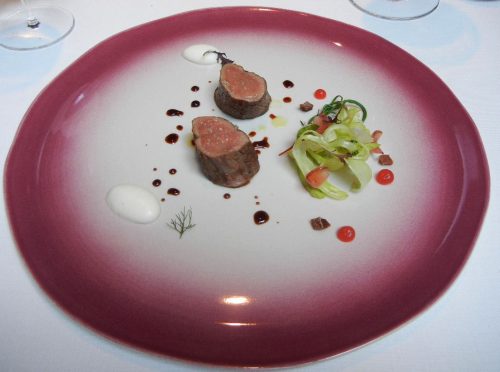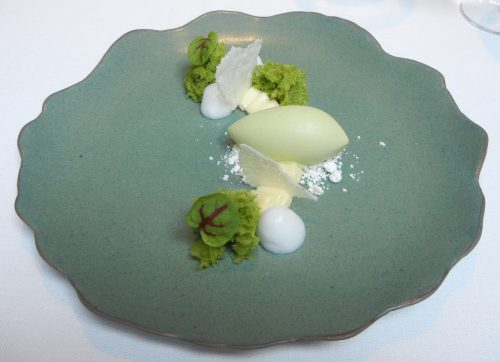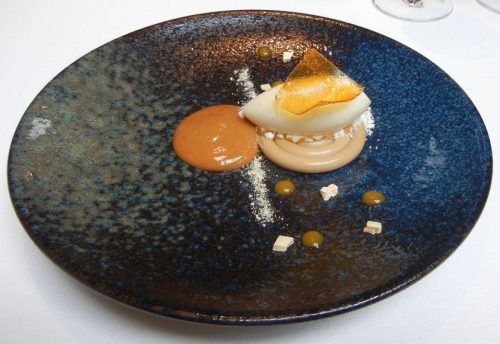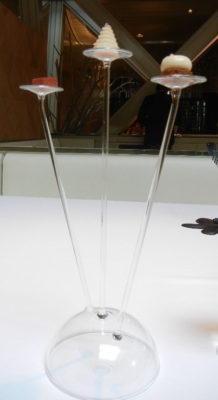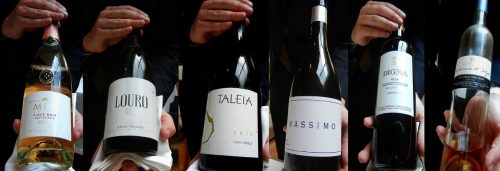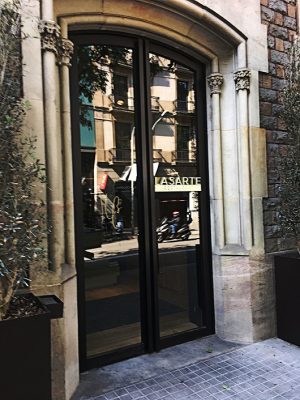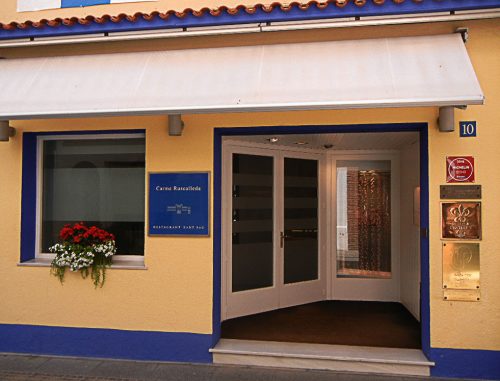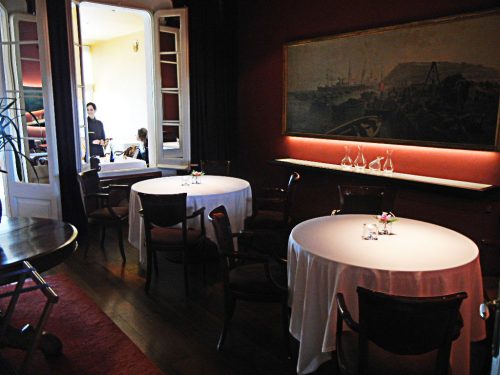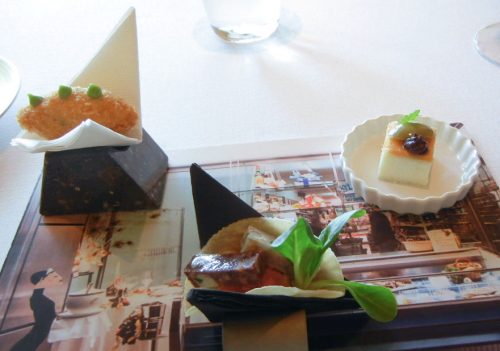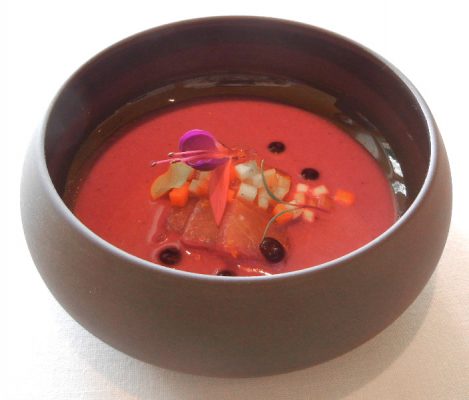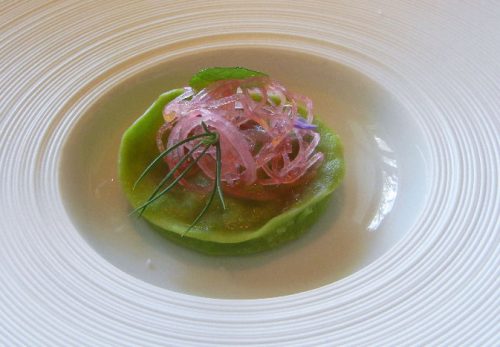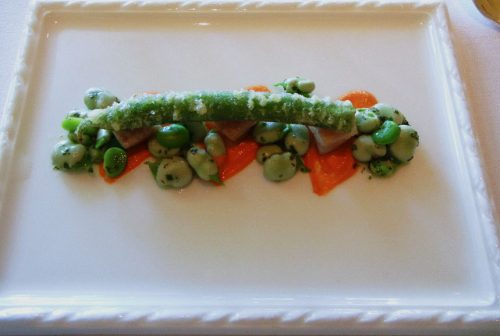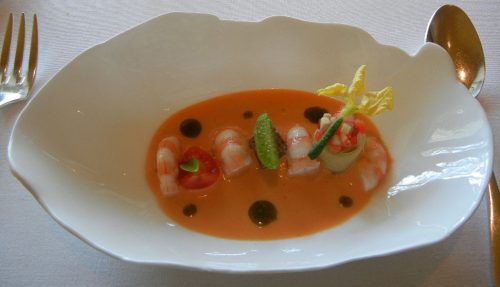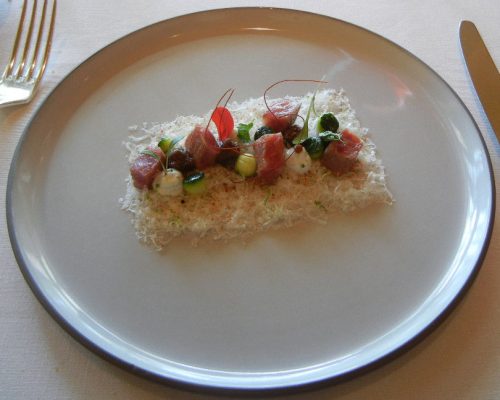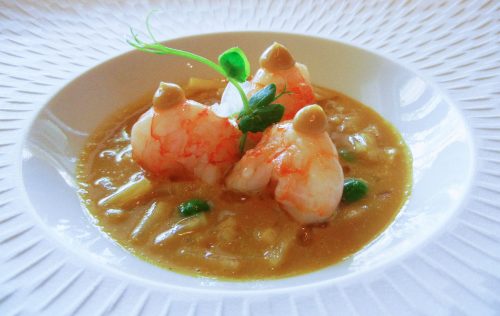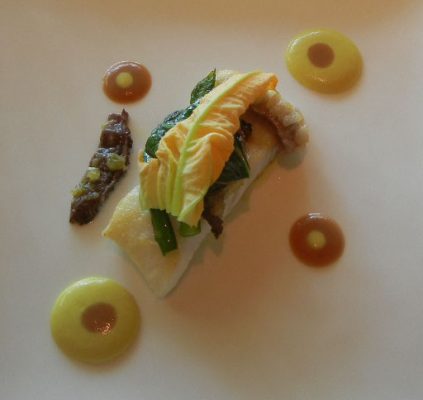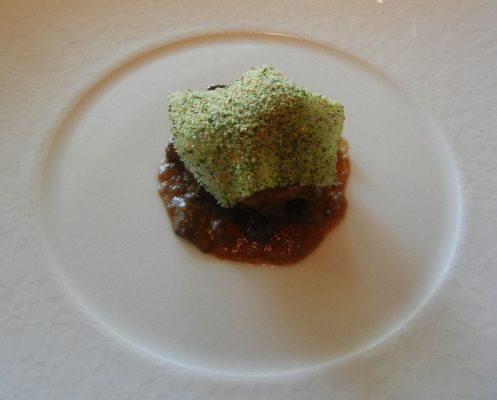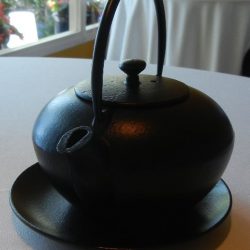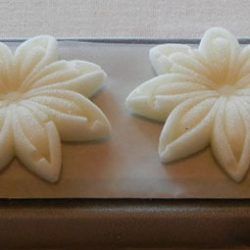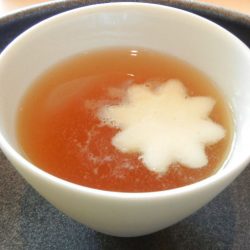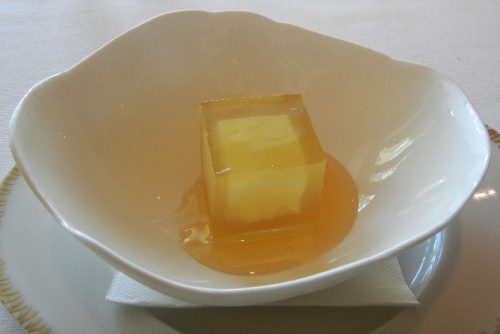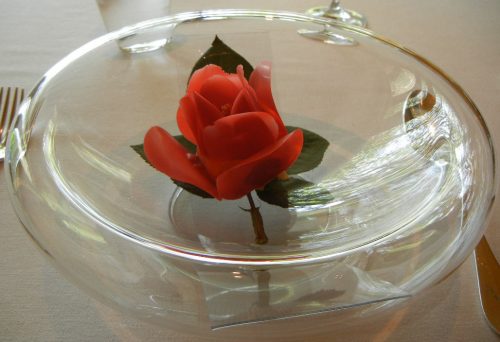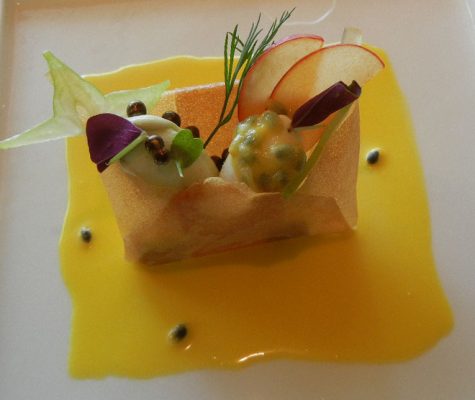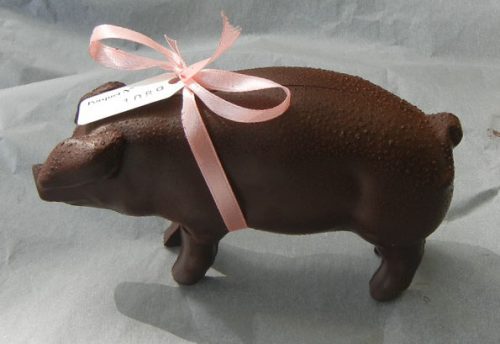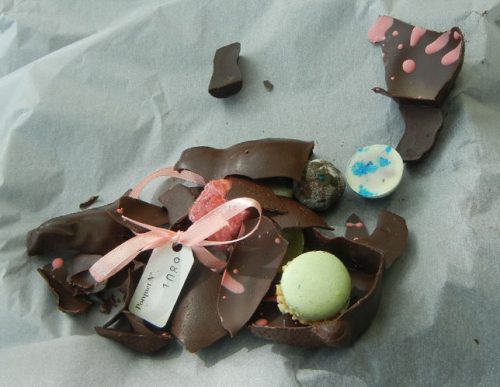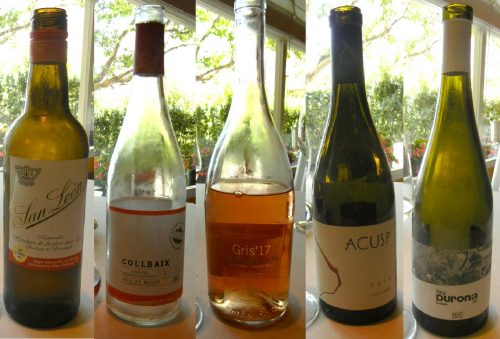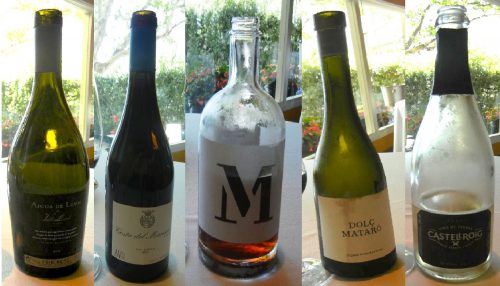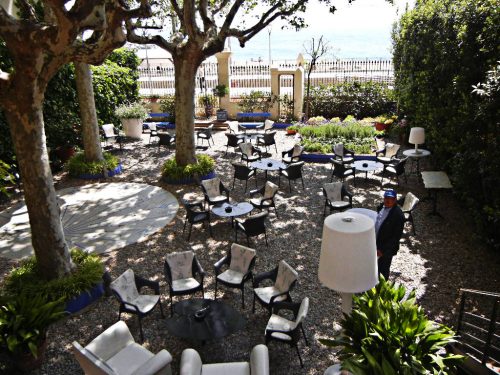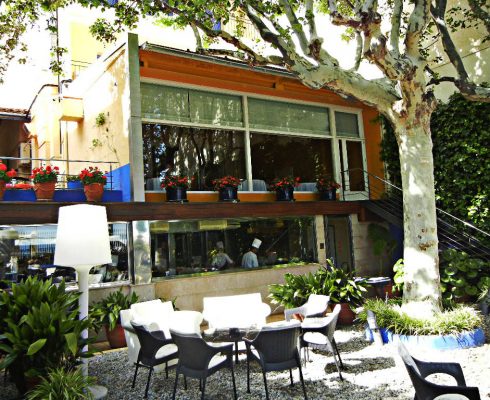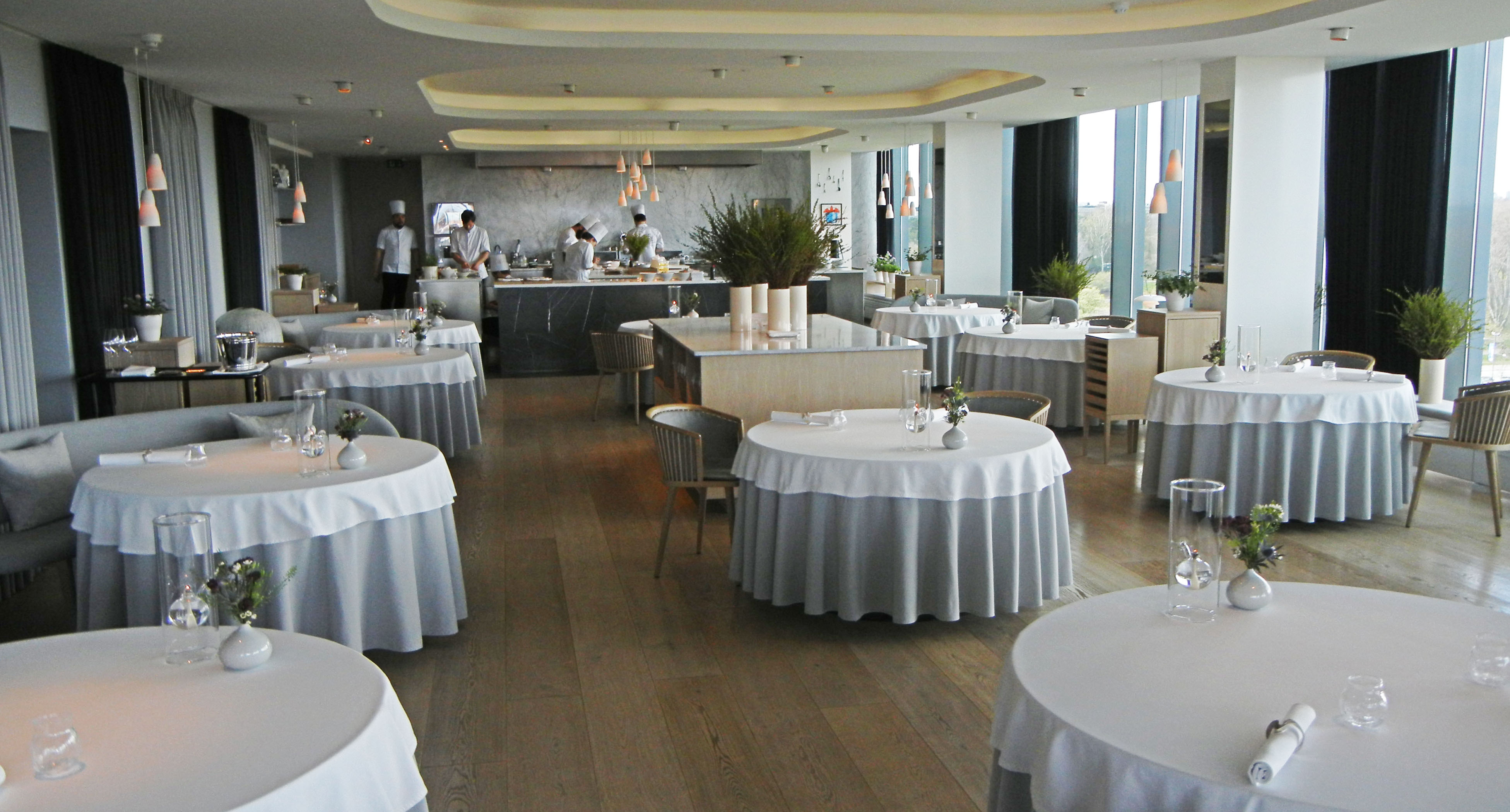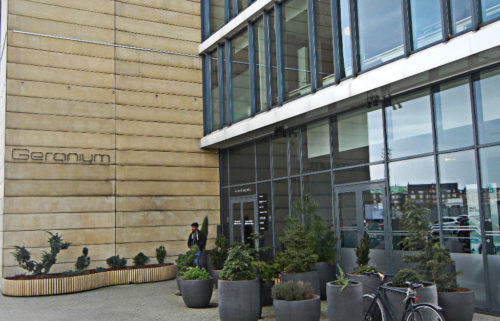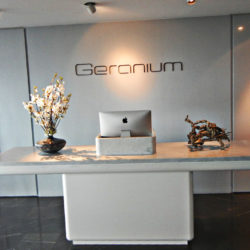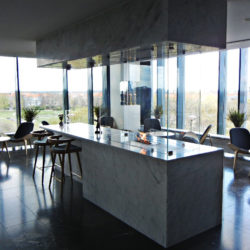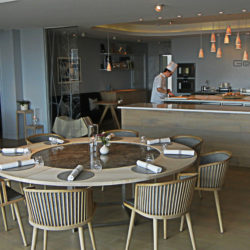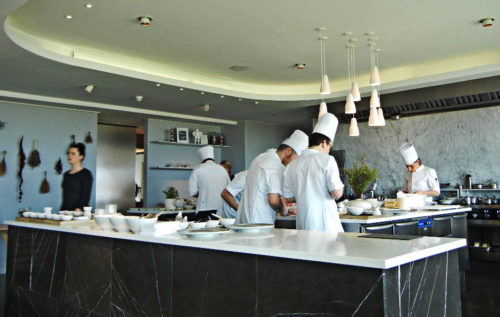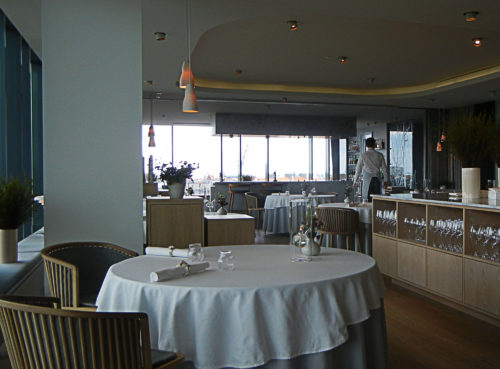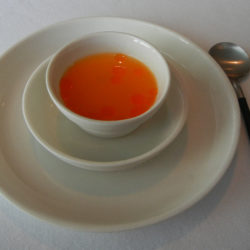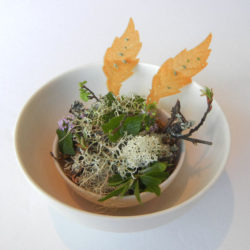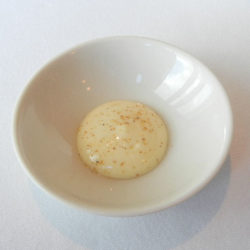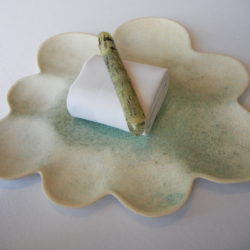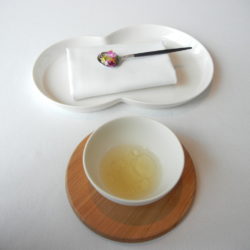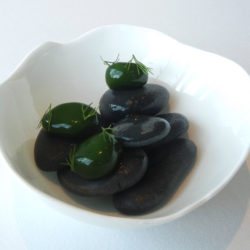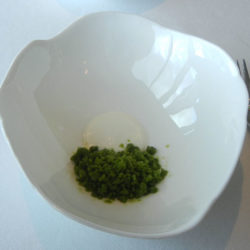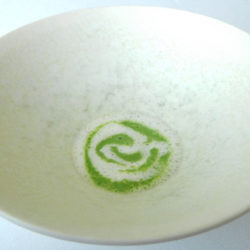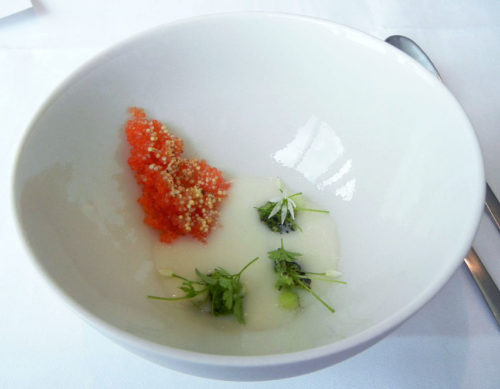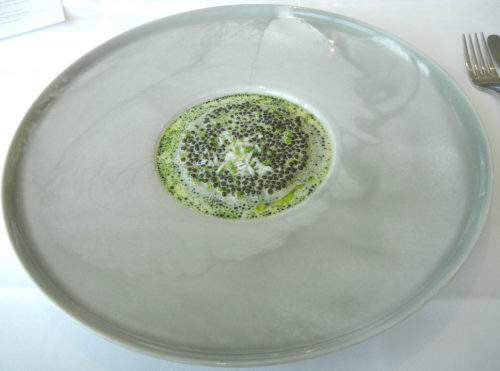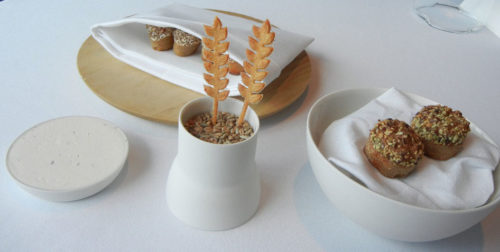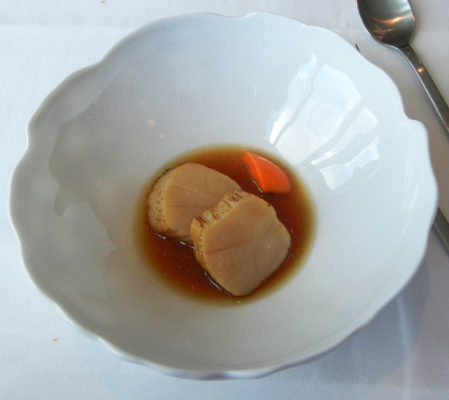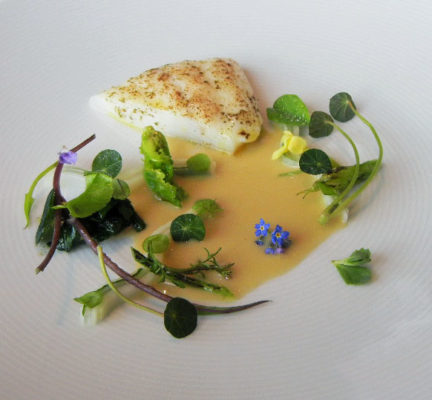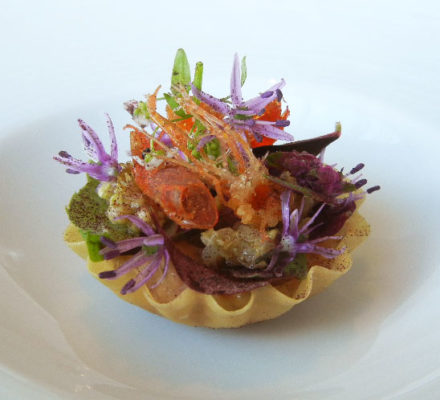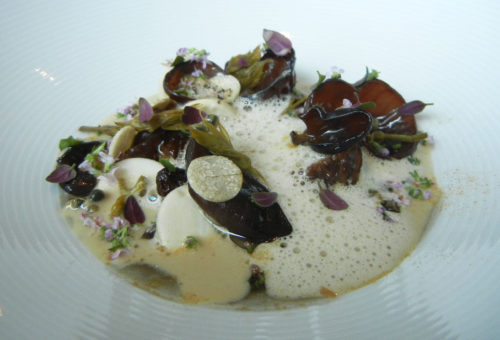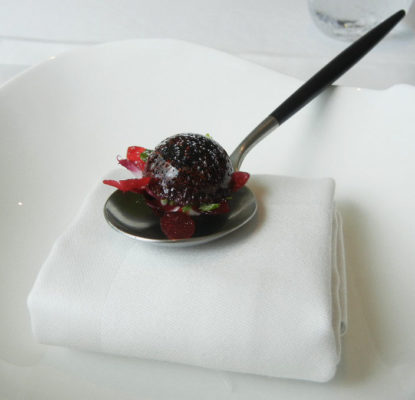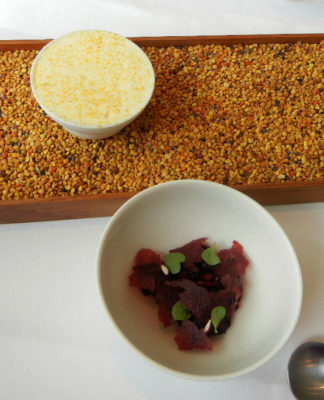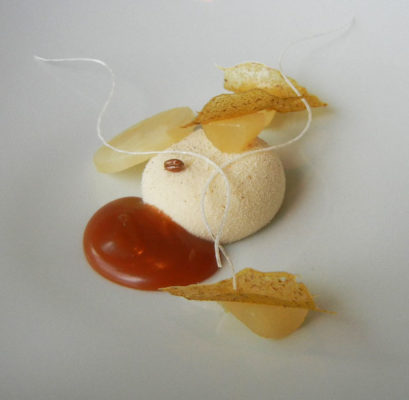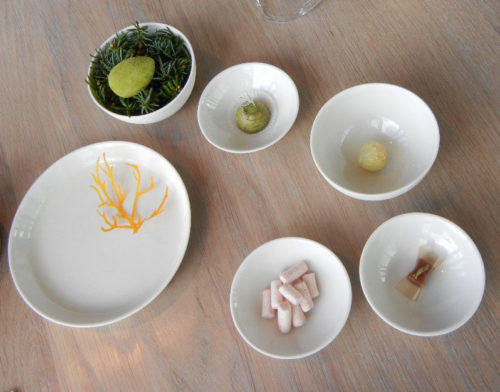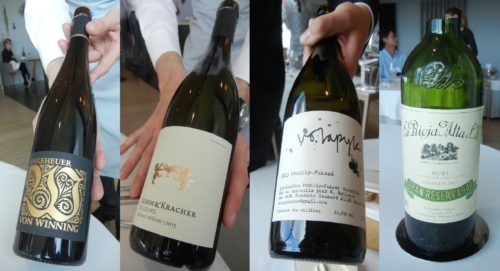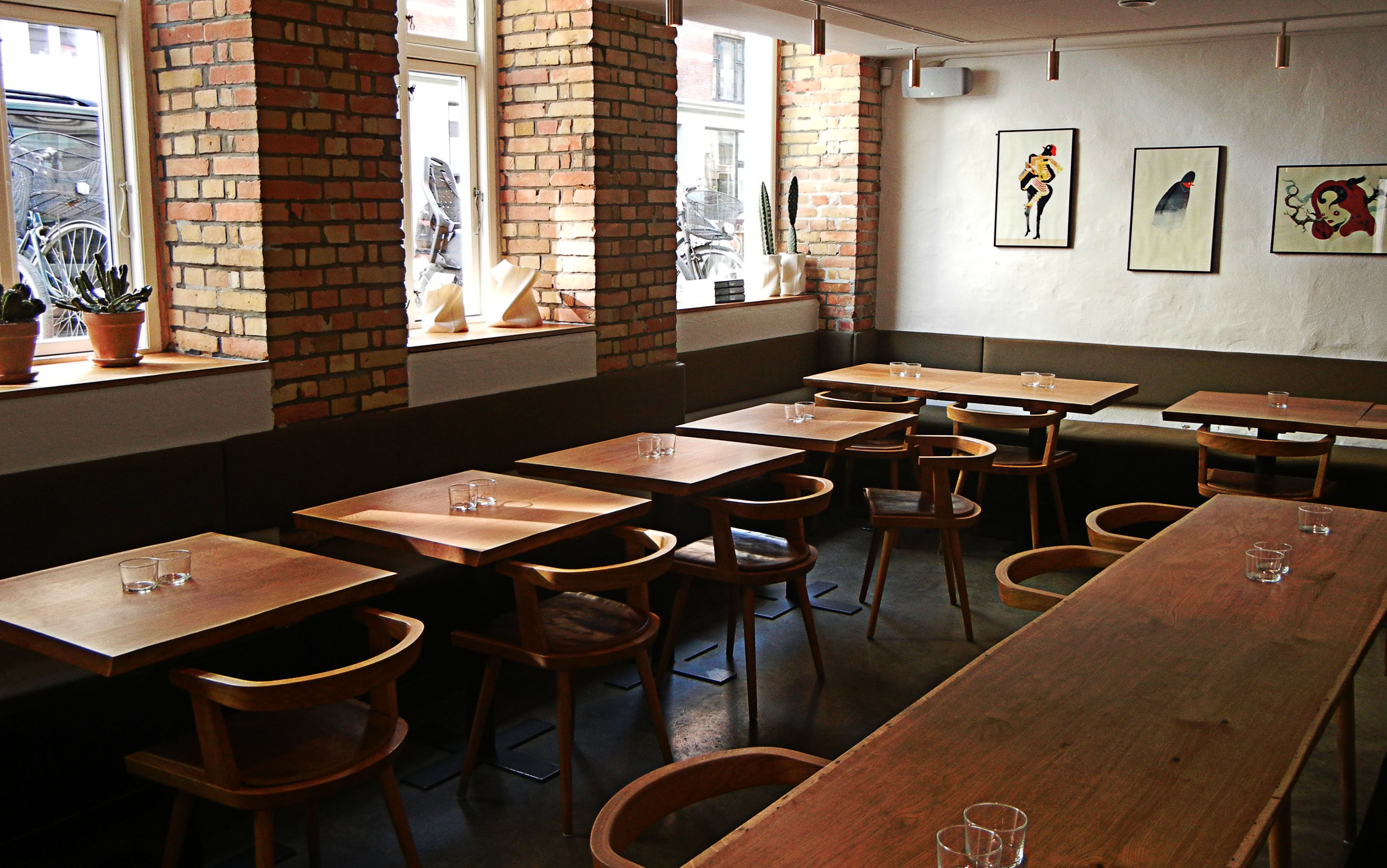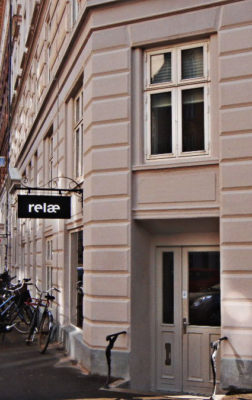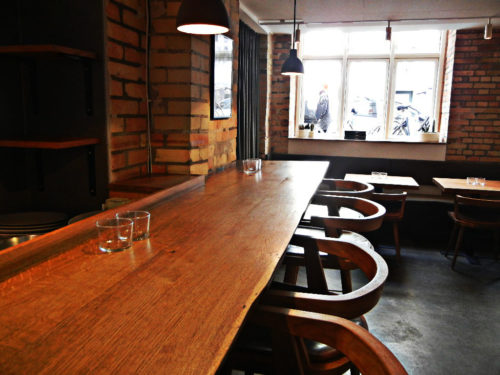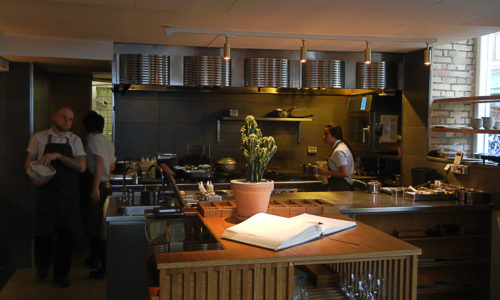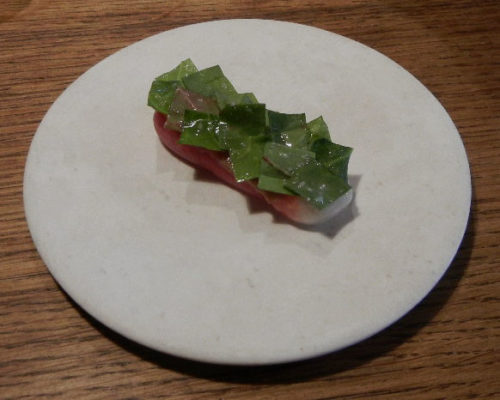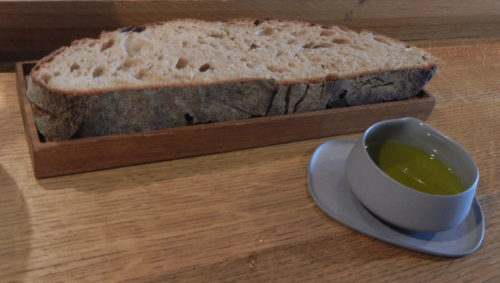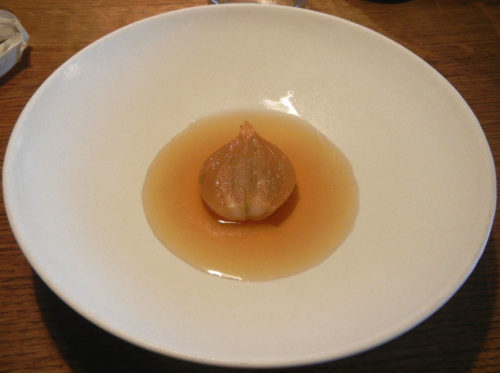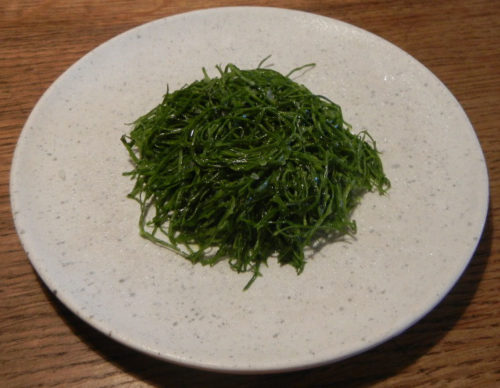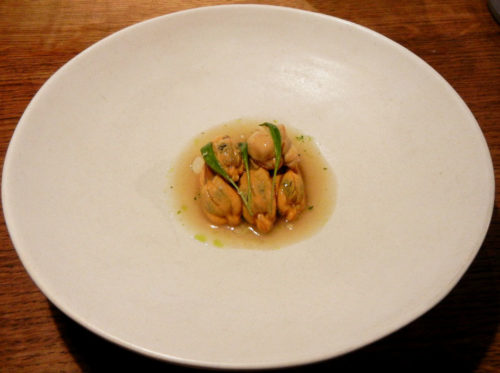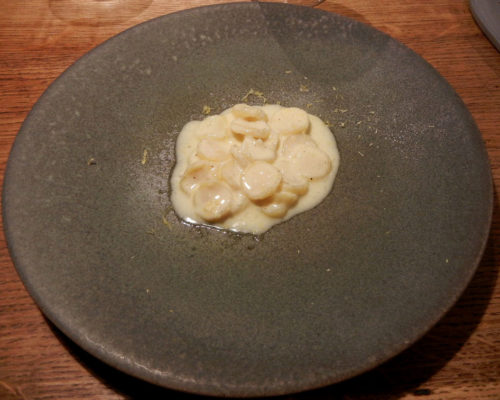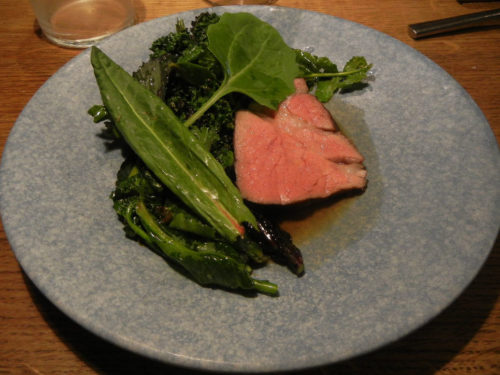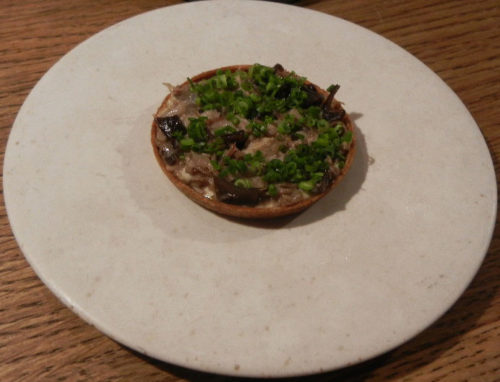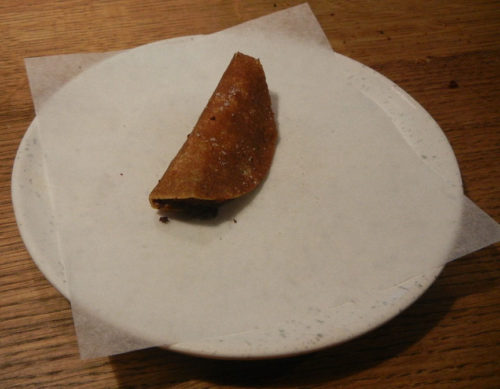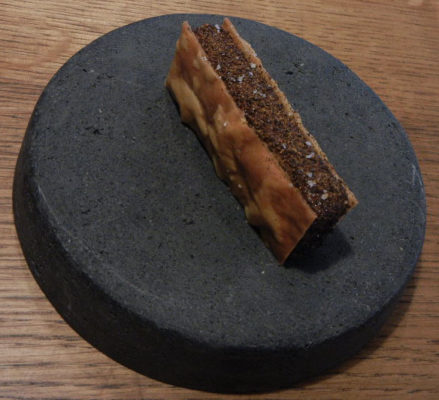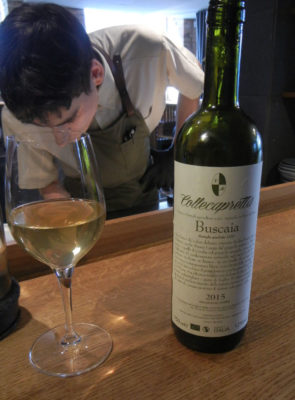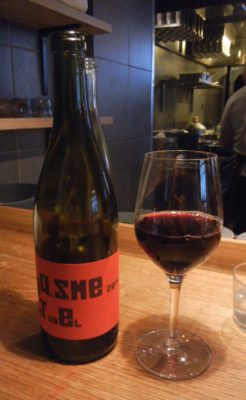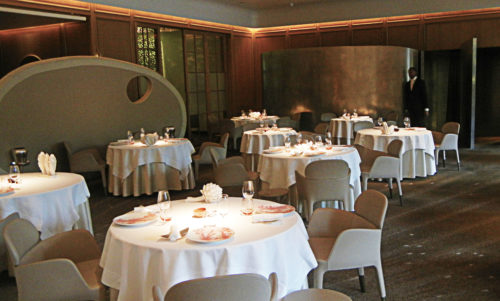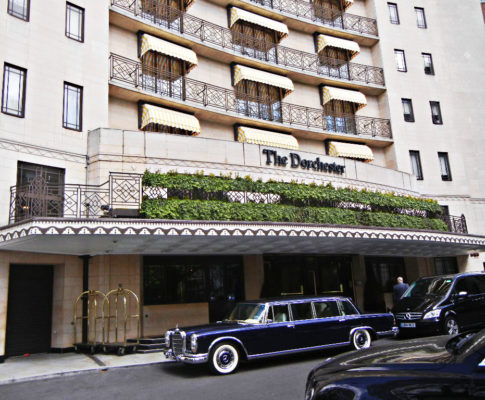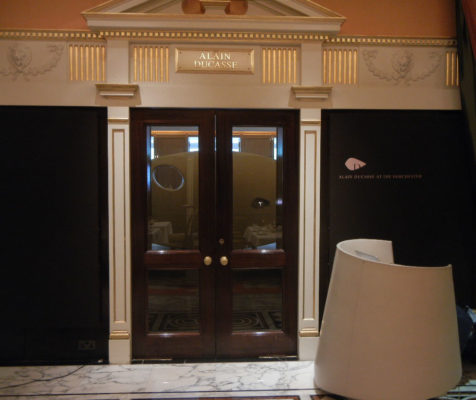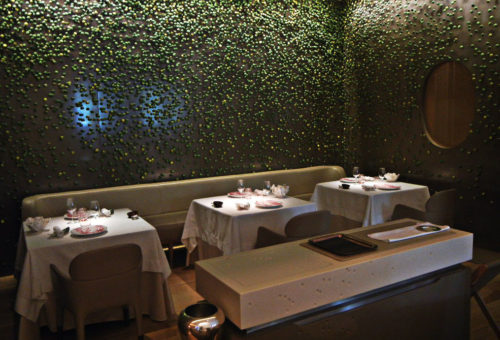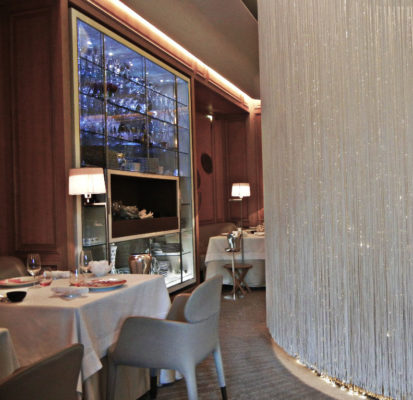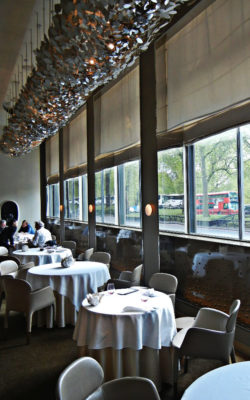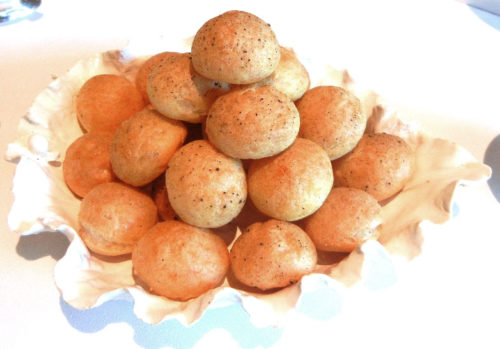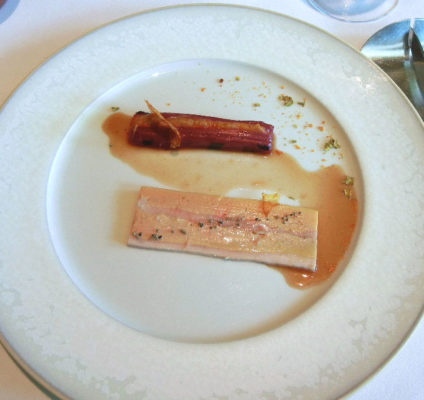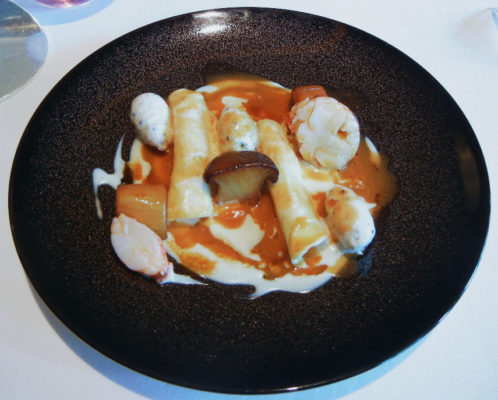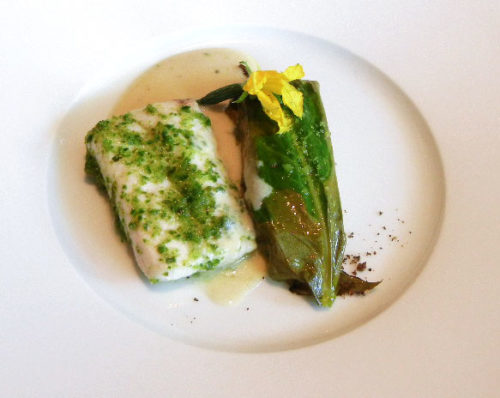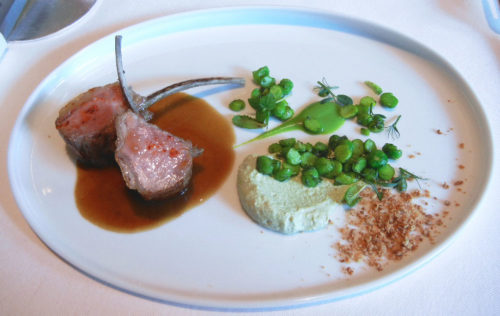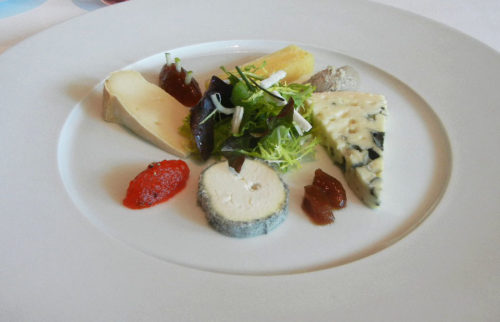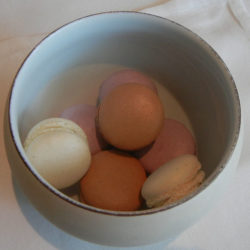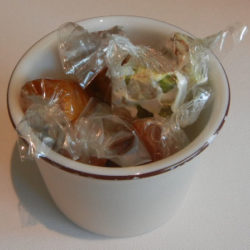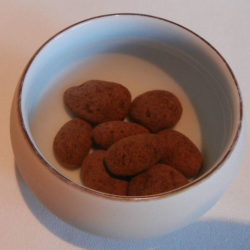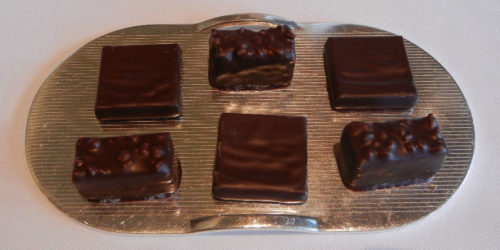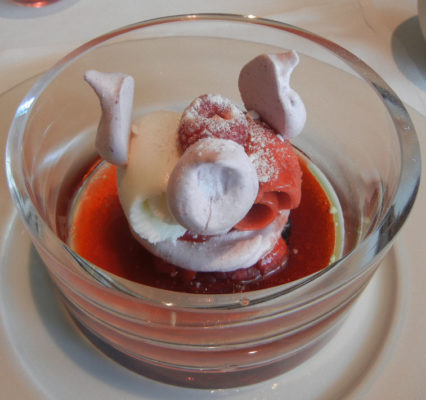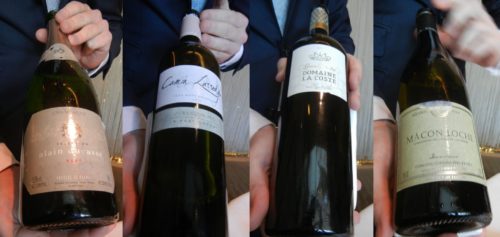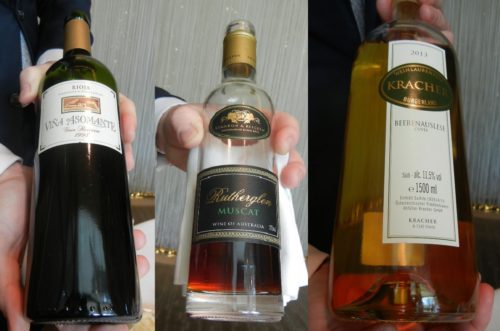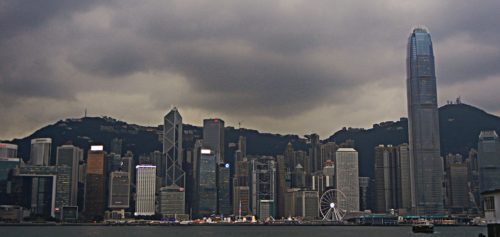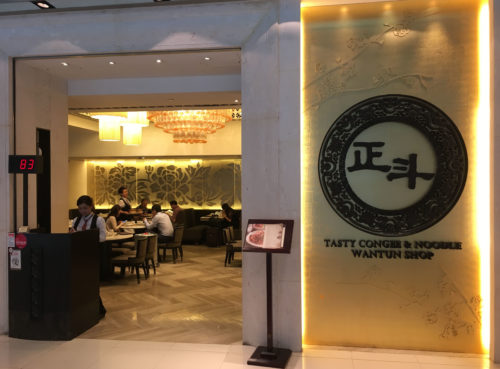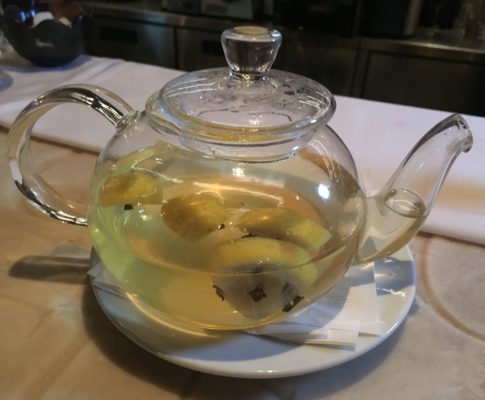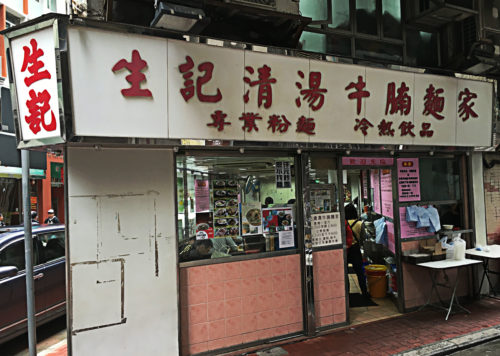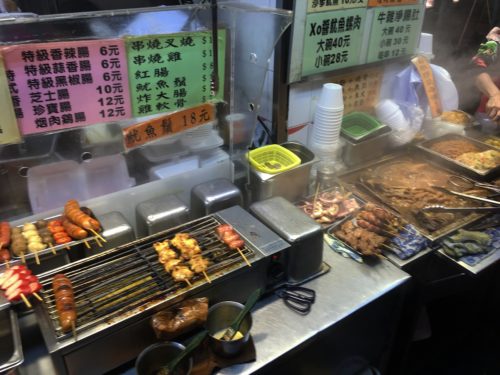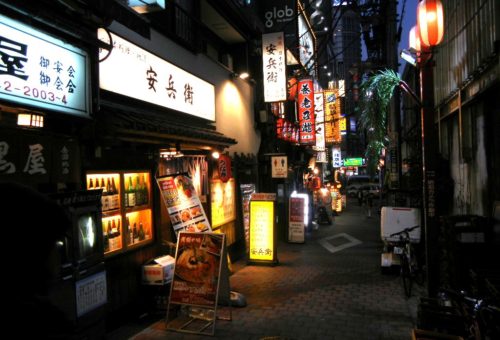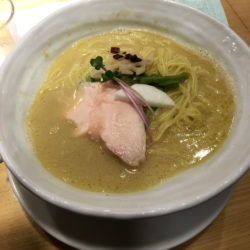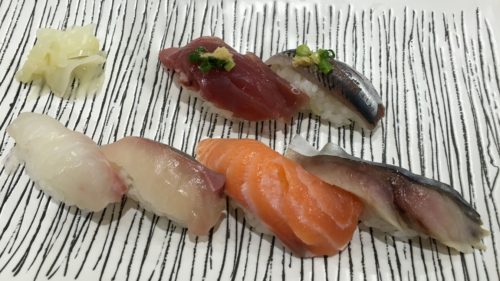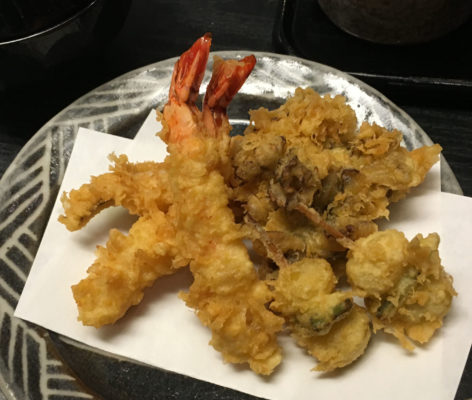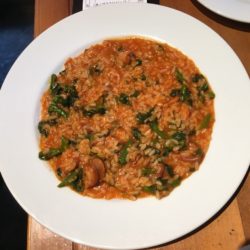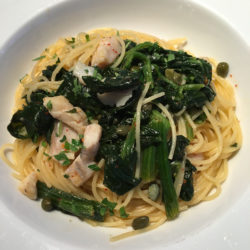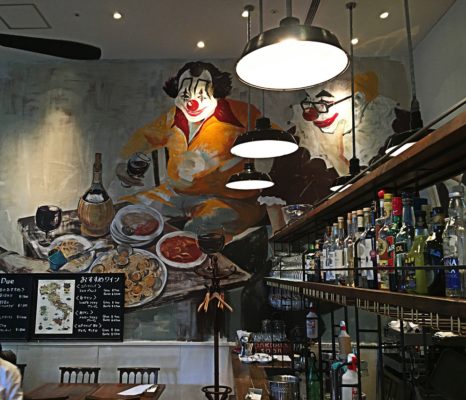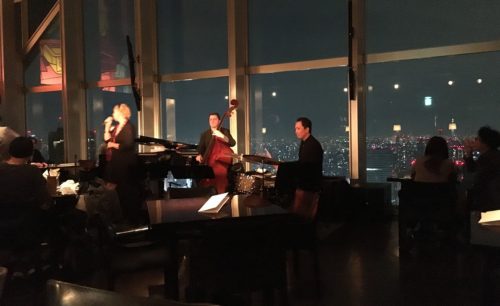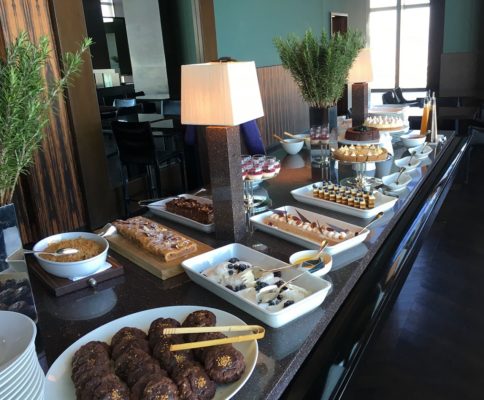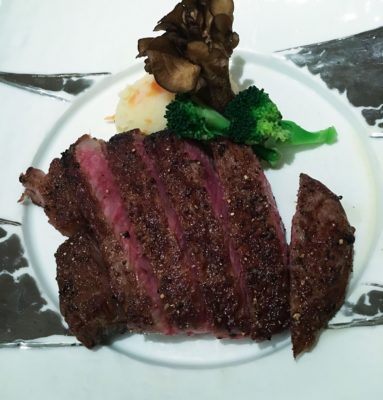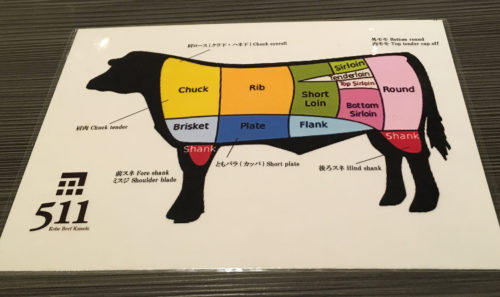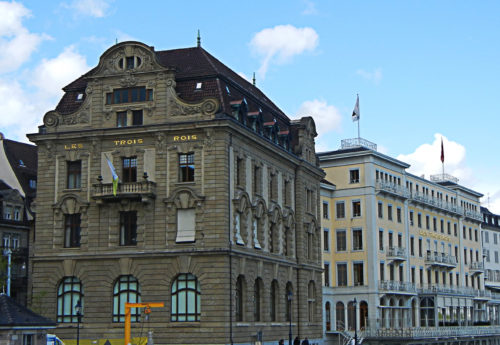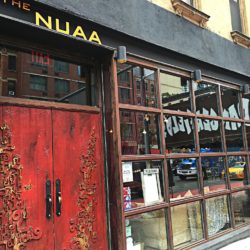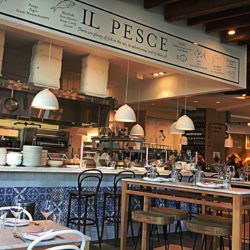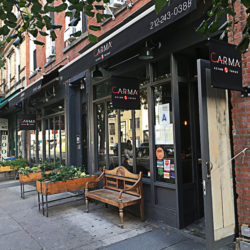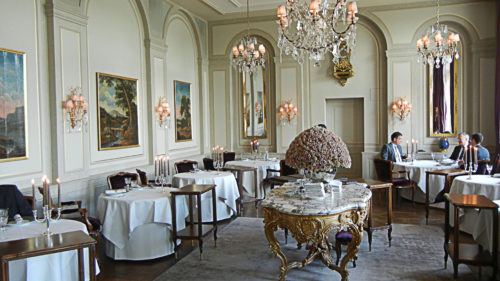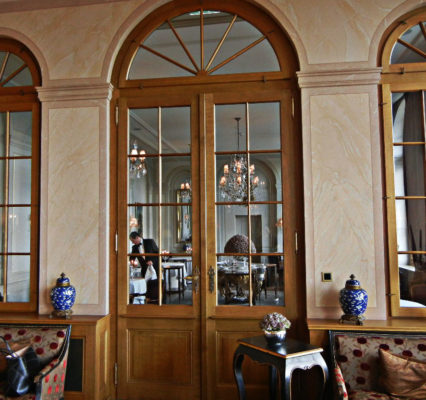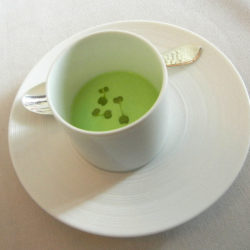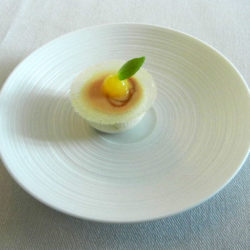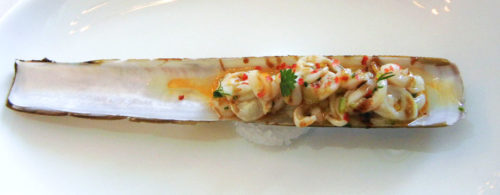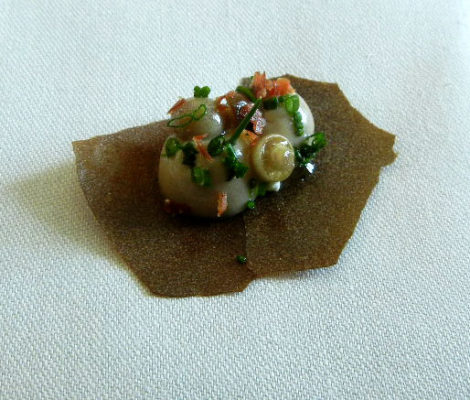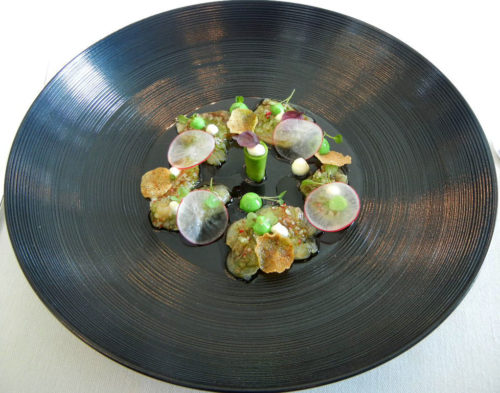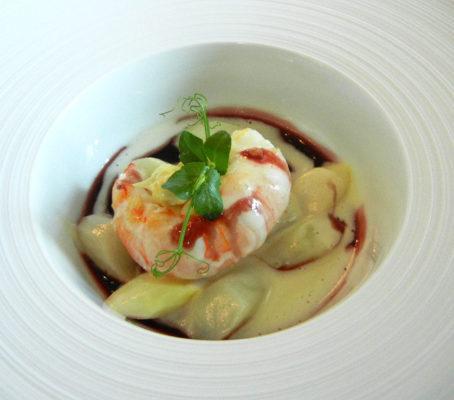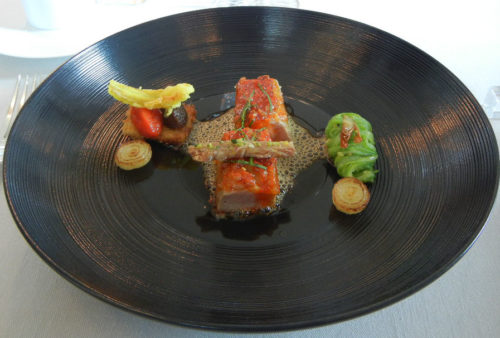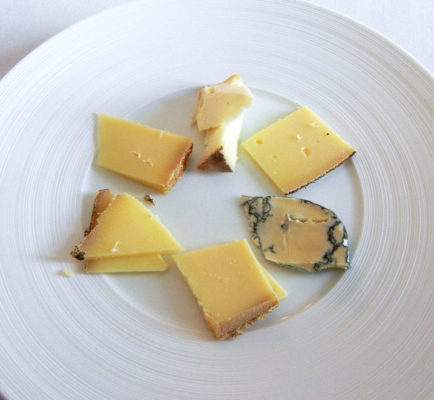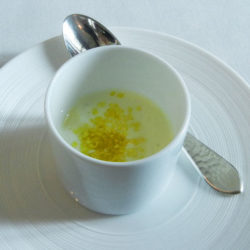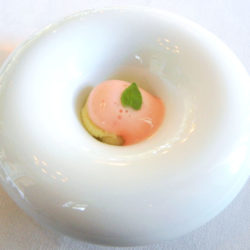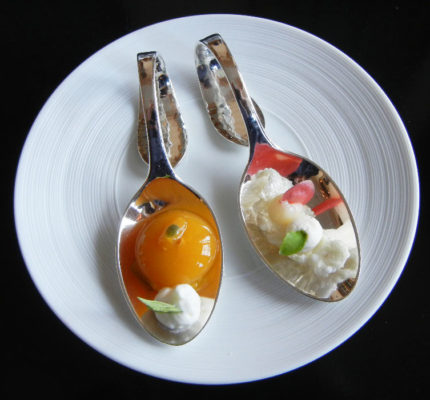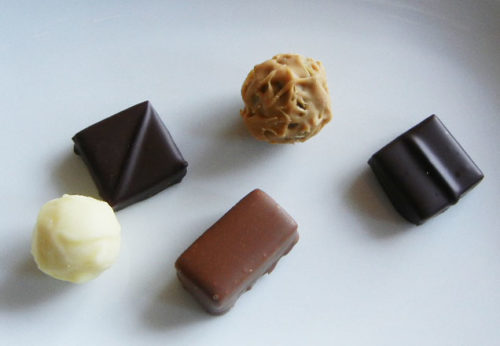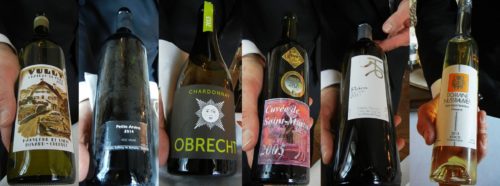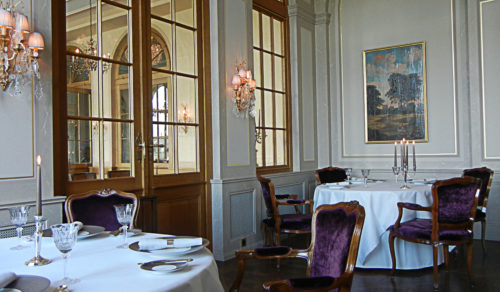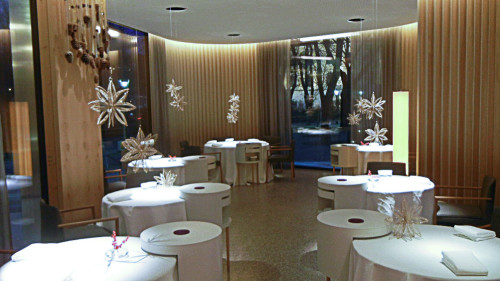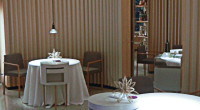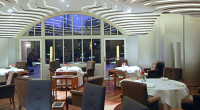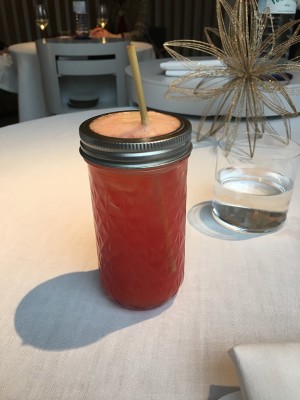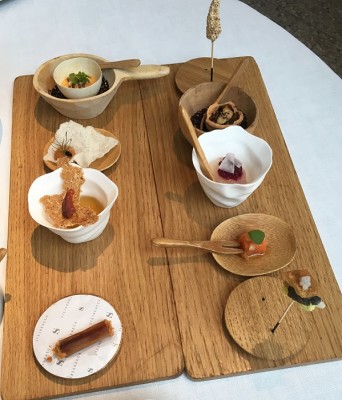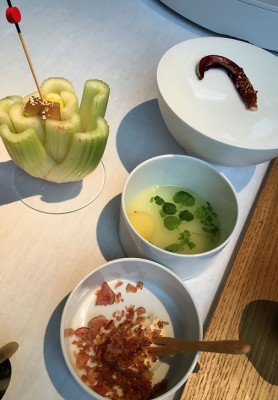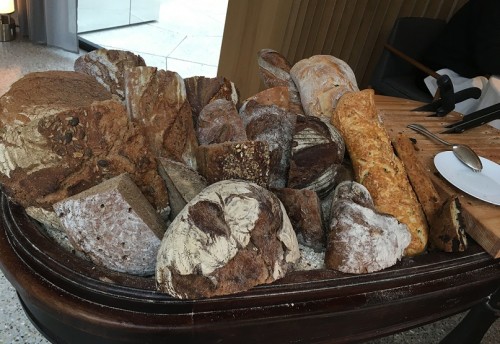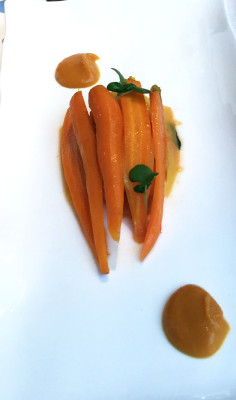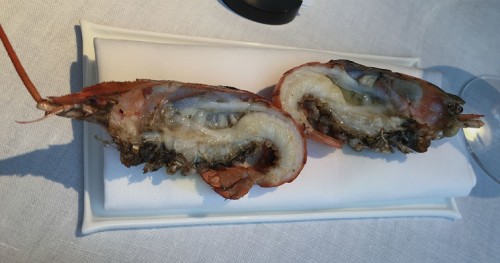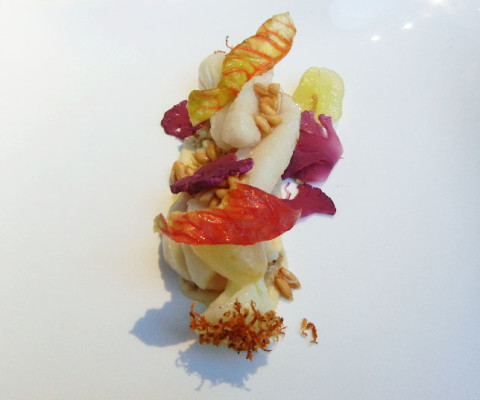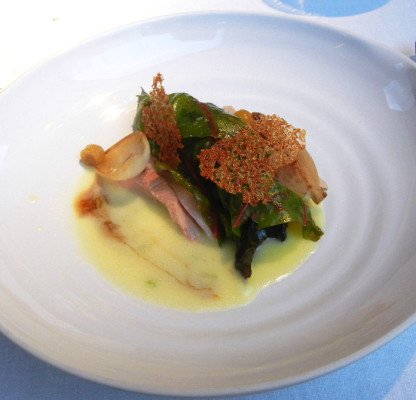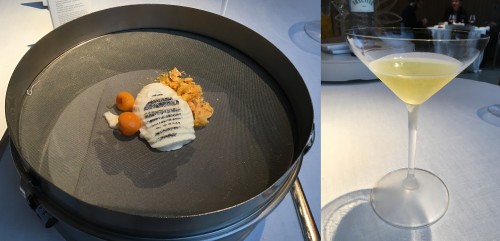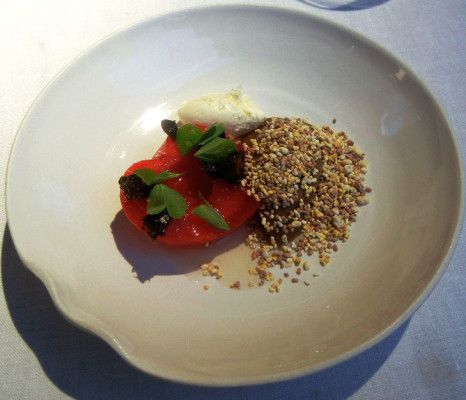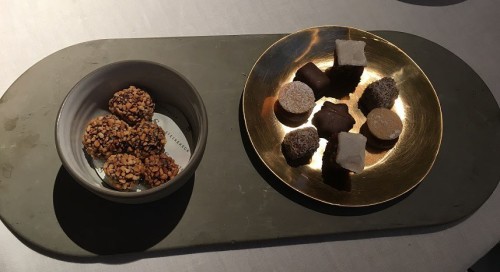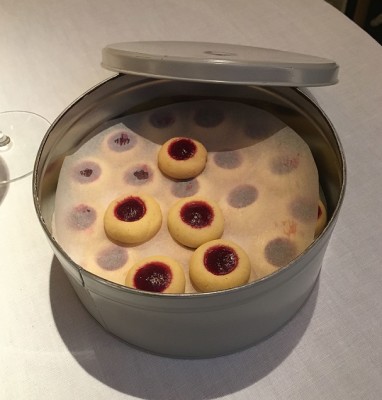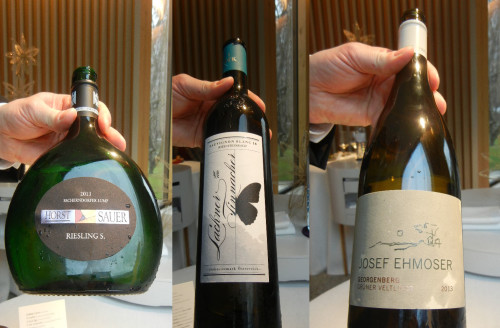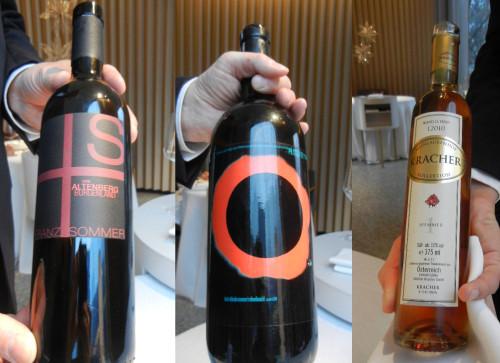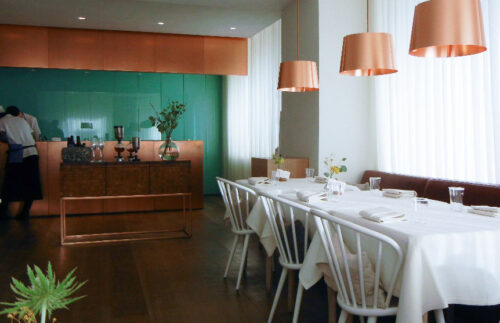
Gastrologik
Artillerigatan 14, 114 51
Stockholm, Sweden
+46 8 662 30 60
Website
Write up was based on pre-pandemic visit.*
Popularized by the mainstream food media, “sustainability” has been echoing within the restaurant industry these past several years. The Worlds 50 Best Restaurant list has a yearly winner for The Sustainable Restaurant, and most recently the Michelin guide created a new designation called green clover. Meanwhile, Japan and Scandinavian countries has been practicing this long before it became a trend. In Stockholm, two-Michelin starred Gastrologik is a hundred percent sustainable. It only uses local products and has upheld this philosophy since opening in 2016.
Owned by duo chefs Jacob Holmström and Anton Bjuhr who worked at some of Europe’s top kitchens. Chef Jacob Holmström’s resume includes Astrance and Mathias Dahlgren, and Chef Anton Bjuhra, a pastry chef, had stints at different location of Pierre Gagnaire restaurants including the eponymous three Michelin starred in Paris. They opened Gastrologik in 2015 and was awarded a Michelin star after a year, then the second came in 2019. The restaurant has since ranked highly by the Nordic White Guide and has been widely considered one of the finest dining venue in Sweden.
Located in the Stockholm Östermalm section of the city on a quiet residential street, Gastrologik’s non-descript façade is easy to miss. The restaurant’s small Swedish designed dining room is serene. The walls are awash in clean white, while the floors are adorned with oak wood. Windows are covered in thin curtains, allowing ample of natural light to enter. Tables are covered in thick white cloth with soft lighting from copper lamps dropping from the ceiling. There are modern Scandinavian Windsor chairs and comfortable leather caramel brown benches that ran along the wall. An open kitchen with a counter made from copper counter at the back where the food is prepared looks directly out to the dining room.
Gastrologik is only open for dinner and offered one tasting menu for the evening priced at 1800 SEK (at the time of my visit). Dinner started with Honokaka with fennel flowers, a Swedish flat bread served warm. That was followed immediately with a cup of Hay broth which has robust flavor that helps awaken the palate. Chicken liver, meringue and apple was an airy brittle meringue with layers of sweet, tart and savory. This was extremely tasty. Then came a pair of tartlets, the King crab and carrots has an earthy sweetness coming from carrots that was perfectly paired with delicious crab meat. The other was the lumpfish roe with knackerbrod and Oviken cultured cream. Tart crust made from rye was filled with a spoonful of lumpfish roe and sour cream, creating a terrific bite of salinity and sour richness.
On to the larger plates, the Smoke Artic char with best of the 2018 harvest was abowl of preserved vegetables such as carrots, radishes, and celery (just to name a few) with pieces of Artic char floating in a delightful translucent sauce. There were plenty of pickle sourness from the vegetables as well as some earthy bitterness from the radish that were perfectly mix with the smokiness of the Artic char. Raw Smogen shrimp with cucumber were thin cuts of cucumber enclosing raw shrimps from Smogen (a coastal town in Sweden known for their shrimp) bathed in coriander sauce. This was a fascinating dish elevated by coriander sauce’s citric features.
Continuing on with Alesund langoustine with algeas and fennel, meaty langoustine from Alesund Norway was tender and has a crusted charred outer layer that gave it a pleasant burnt taste. The langoustine is resting on a bed of cream and thin tortilla made from sea vegetations. I was instructed to roll the tortilla with everything in it and eat like a taco. Next, the Crispy pancake with grilled herb stems which looks more like a tart than a pancake. It has grilled herbs that exudes wonderful herbal aromas, while the onion cream with smoked butter it sat on gave the pancake an extra layer of flavor.
Sourdough bread made from Warbro kvarn spelt with hand churned butter from Kittelberget was served before the next course of Oyster from Adrian with nettles and wild chervil. The Grilledoyster was drenched in vibrant green sauce made from nettles and wild chervil. The sauce has a pleasant tanginessthat went extremely well with the brininess of the oyster. Served on the shell, was the Diver caught Icelandic bay scallop with eldel flower miso and mussel dashi. Herethesweetness of the scallop was sublimely complemented by the sharp mussel dashi. Tiny slices of dikon radish blanketing the scallop provided the texture.
The Sole with rockweed buds, fish eggs and yellow pea-shoots was a tender piece of fish blanketed in butter sauce. There were plenty of salinity on the sole that was nicely subdued by the butter sauce. Another fish dish, Roefish with ramson and ox marrow came after. The scales were extra crispy and the fish itself was dainty and moist. The smoke ox marrow yieleded a fantastic smoky and savory component on the plate. A lone red meat on this tasting menu was the Beetroot with wild roses and grilled lamb heart -lamb jus. Beetroot shaped like a rose contains an earthy bitterness that goes well with the delightful grilled lamb heart. Surprisingly the lamb heart did not have any traces of gameyness that are common in this type of meat. The flavor pack lamb jus added depth to the dish.
Rhubarb from Lilla Laback with lactic fermented plums was brought to the table prior to dessert. This icy refreshing palate cleanser has a touch of bitterness that helps removed all savory traits from the taste buds. Dessert was composed of three dishes starting with the Spruce resin with crispy lichens and cloudberries, which has the right amount of sweetness and has beautiful floral elements to it as well as some tartness. The subtle bitter taste from the ice cream help bring this dish together. The Pancakes with Swedish punch and lingonberries was covered in caramel syrup topped off with a Swedish punch ice cream. The liquor in the ice cream helps curbed the sugary sweetness of the syrup while the lingonberries added a touch sourness. Lastly apple, caramel and pollen pie was served as the final desert. The pie from pollen was filled with fermented apples giving it strong apple sweetness with an affable tang and balanced by a delicious blanket of cream. I was led back to the lounge for a post dinner drinks and more sweets were served like the lingonberry and black garlic fudge.
Gastrologik tasting was a phenomenal lengthy ordeal consisting of numerous seafood, heavy, and small plates. Cooking was creative and skillful as each course was thoughtfully crafted composed of different flavors that were both unique and interesting. And by using only local and regional ingredients that is in season, this allows the kitchen to get them at their maximum peak. Chef Holmström was at the restaurant during this visit and his presence was shown on every plate that was brought to the table. There was a 1200 SEK beverage pairing comprised of five glasses of red and white European wines with an exception of Herno Gin, a domestic spirit distilled in Sweden paired with main dish. The carefully curated alcoholic beverages wonderfully complemented every single dish that it was paired with.
Wine Pairing:
The staff at Gastrologik were hospitable and pleasant. Chef Holmström himself was at the front of restaurant greeting guest as they come in. The service was informal however the professionalism was still on displayed. Its well-trained staff were full of passion especially when explaining the ingredients and the concept that made up the dishes. The ambiance in the dining room is calm and relaxing. A guest visiting wearing jeans and untucked button-down shirt will not be out of place.
Like any other top restaurant in Scandinavia, especially the Michelin starred ones, Gastrologik is expensive. The meal with wine paring is in the upward of $350 range. However, if one can spare the cost, the cooking is a strong two stars and the uniqueness and the concept of the food at this restaurant makes it worth the price tag. There are many similarities Gastrologik has with the three Michelin starred Frantzen. They were both owned by two chefs who trained at some of the most prestigious kitchen in Europe and both ascended to two star level in short period of time. Perhaps it will follow the same path to three-star stardom. But hopefully unlike Frantzen when they obtained the coveted third star, the duo of chef Jacob Holmström and Anton Bjuhr will still be together

